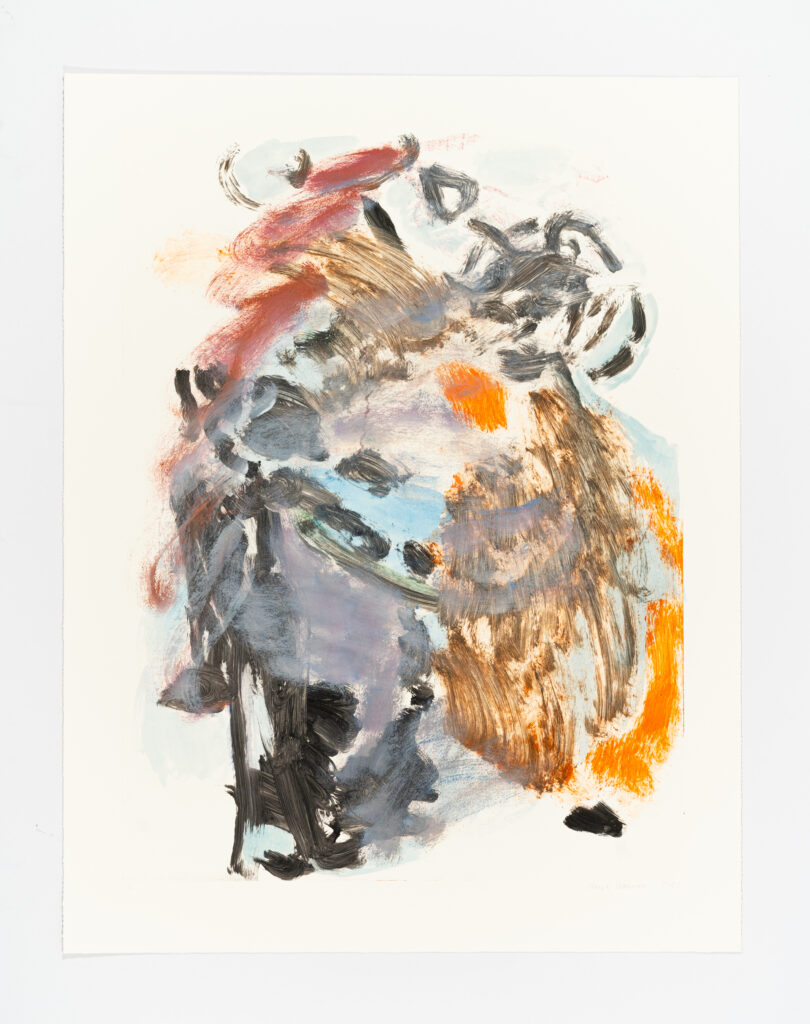 New editions
New editions
Maria Wæhrens | Etchings, Monoprints & Monotypes
Posted 07.02.24
Maria Wæhrens’ artistic impulse stems from those layers of consciousness that elude language and are difficult to grasp through the means of figurative art. Wæhrens draws from sources that go beyond what is intellectually comprehensible – the body, emotions, and the subconscious – and transfers them into permanent physical manifestations.
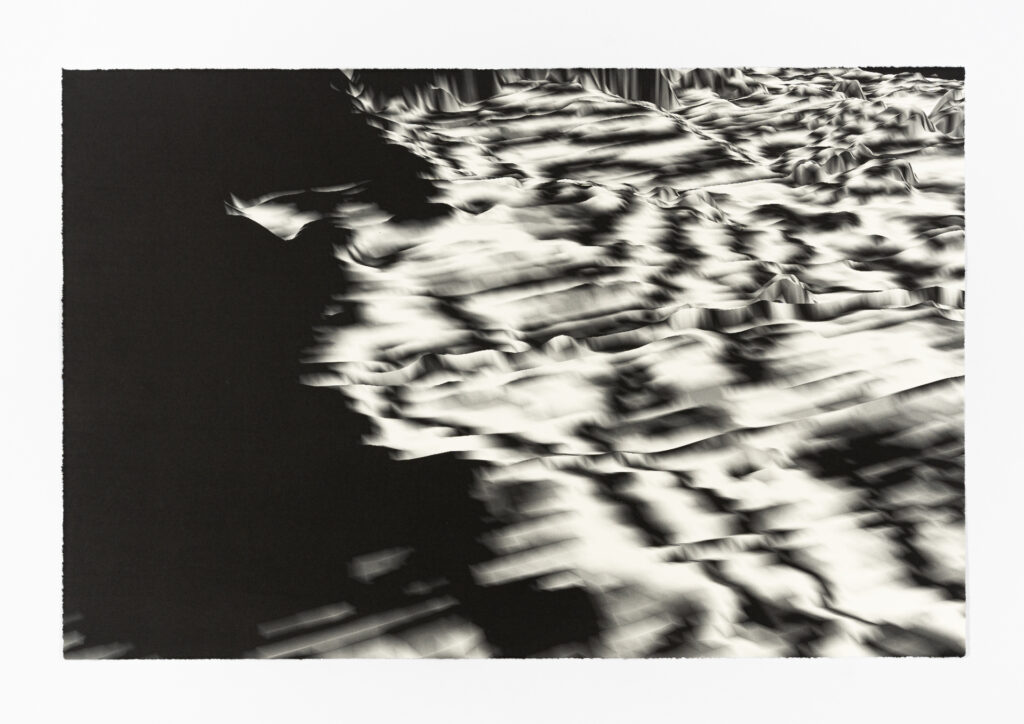 New editions
New editions
Nanna Debois Buhl | A Cosmic Roar
Posted 25.01.24
The flickering imagery in Nanna Debois Buhl’s new prints depicts matter that is normally too microscopic to grasp, and too foundational to comprehend.
 New editions
New editions
Andreas Eriksson | Skimmer
Posted 05.12.23
Like in his paintings, Eriksson’s choice of colours radiates intention. Nevertheless, the etching’s colour palette is surprising, ranging from soft, muted pastel shades to strikingly bright, almost neon-like tones. The patchwork of colour fields can be read as geological forms, patches of grass, bushes, or trees; the overall composition evokes a sense of the landscape.
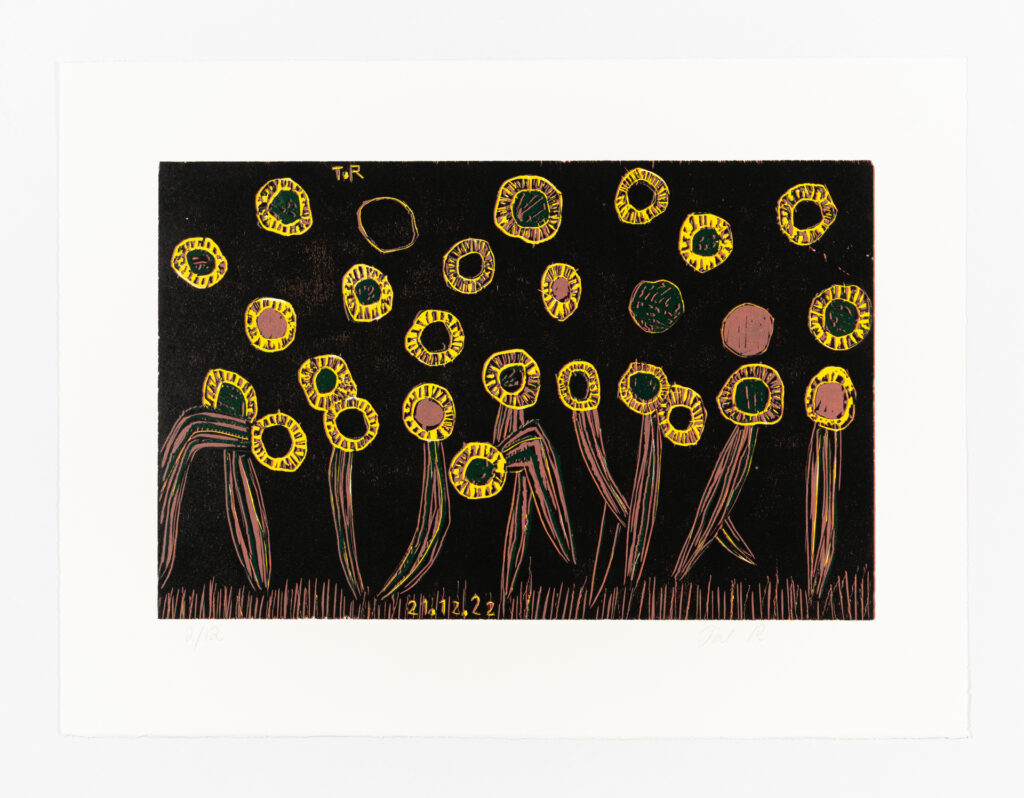 New editions
New editions
Tal R | Woodcuts
Posted 29.11.23
While Tal R’s 2023 woodcuts are not directly related to each other, they share a common motif: all three prints depict ephemeral natural phenomena that are either barely perceptible or might normally escape our attention.
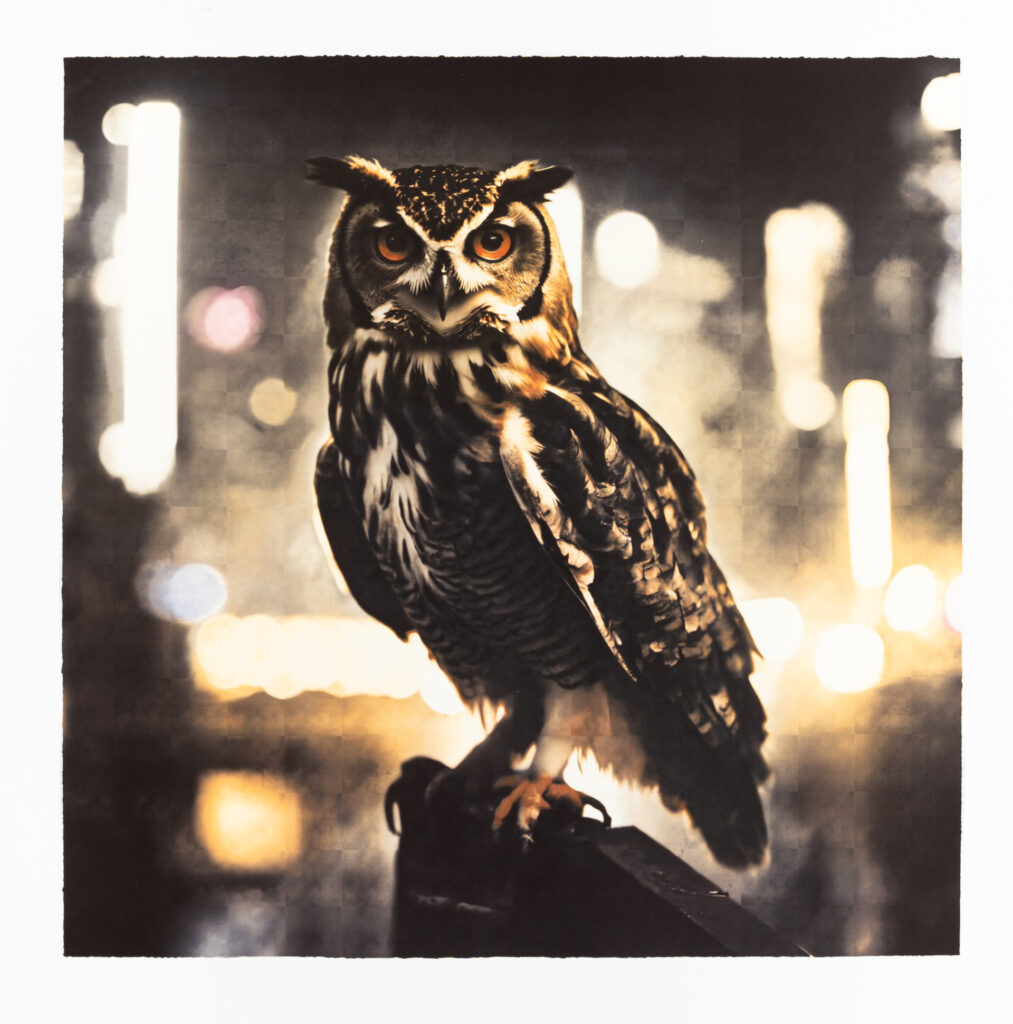 New editions
New editions
Ann Lislegaard | Animoid
Posted 27.11.23
Ann Lislegaard created the imagery for her photogravure Animoid with the help of AI language models. Using text, Lislegaard prompted the software to generate an image. Instead of presenting BORCH Editions’ printmaking studio with a final version of this image, she kept adjusting it during her exchange with the master printers, discussing different versions and integrating their feedback into later versions.
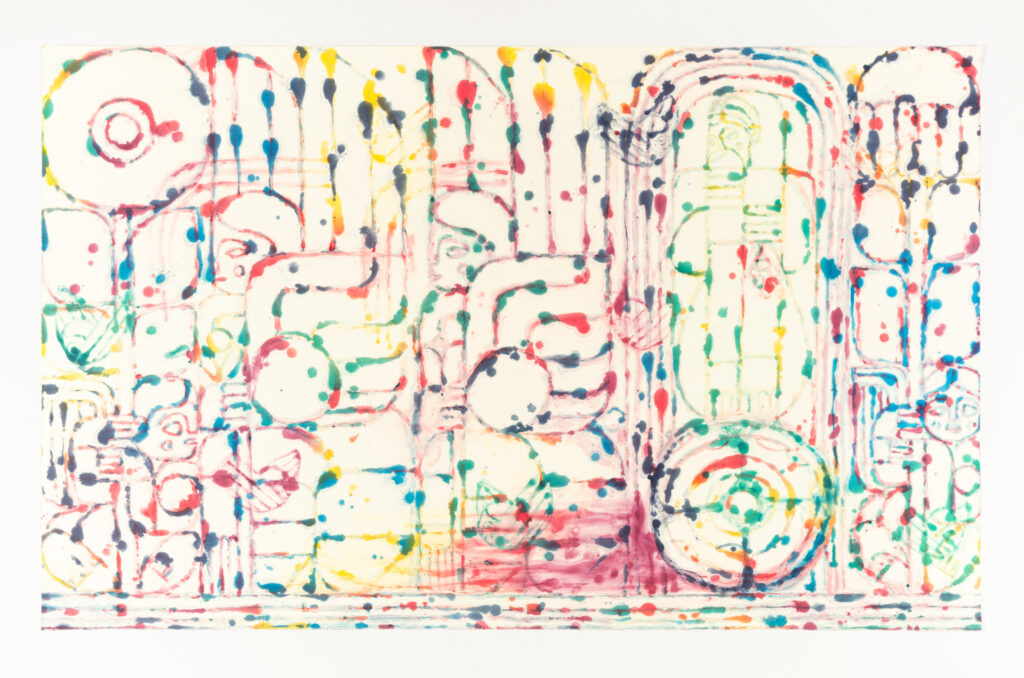 New editions
New editions
Alexander Tovborg | Purgatory Canto XXIX: Beatrice Addressing Dante from the Chariot
Posted 24.10.23
Purgatory, the second book of Dante Alighieri’s The Divine Comedy, describes Dante ascending Mount Purgatory on his journey towards heaven. After Inferno (2017-18), a two-year printmaking tour de force that resulted in an extensive portfolio […]
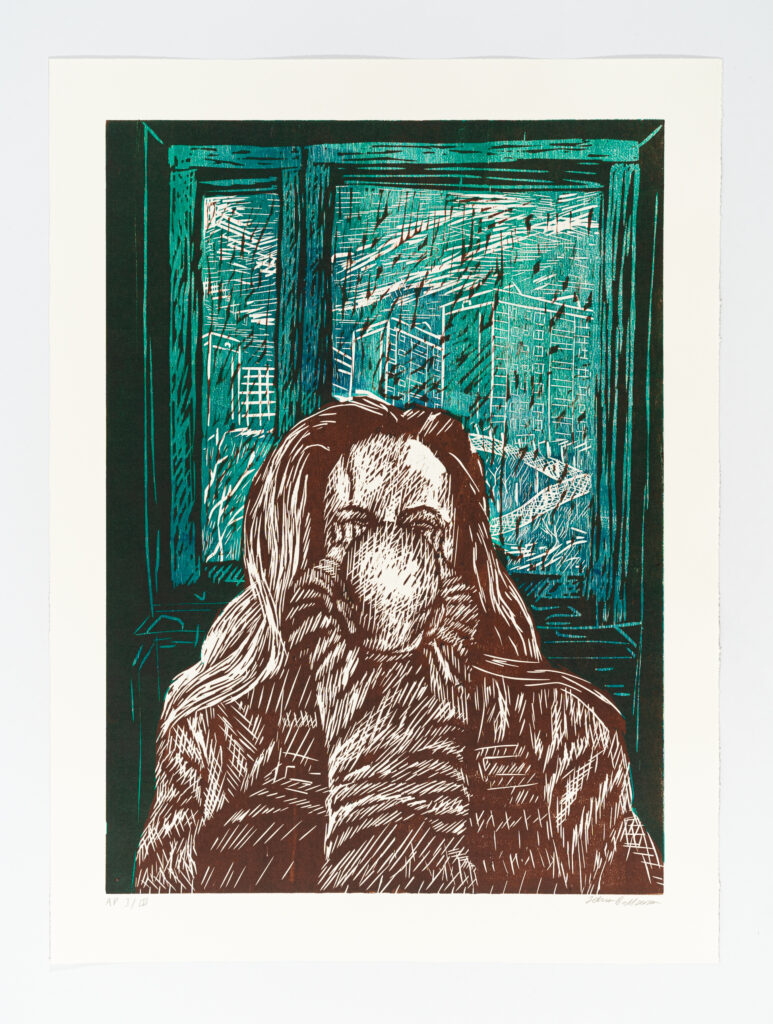 New editions
New editions
Idun Baltzersen | Nordic Design
Posted 05.10.23
In Nordic Design, a series of multi-coloured woodcuts, Idun Baltzersen depicts interior scenes from her own home, populated by the nuclear family that is herself, her partner and their child.
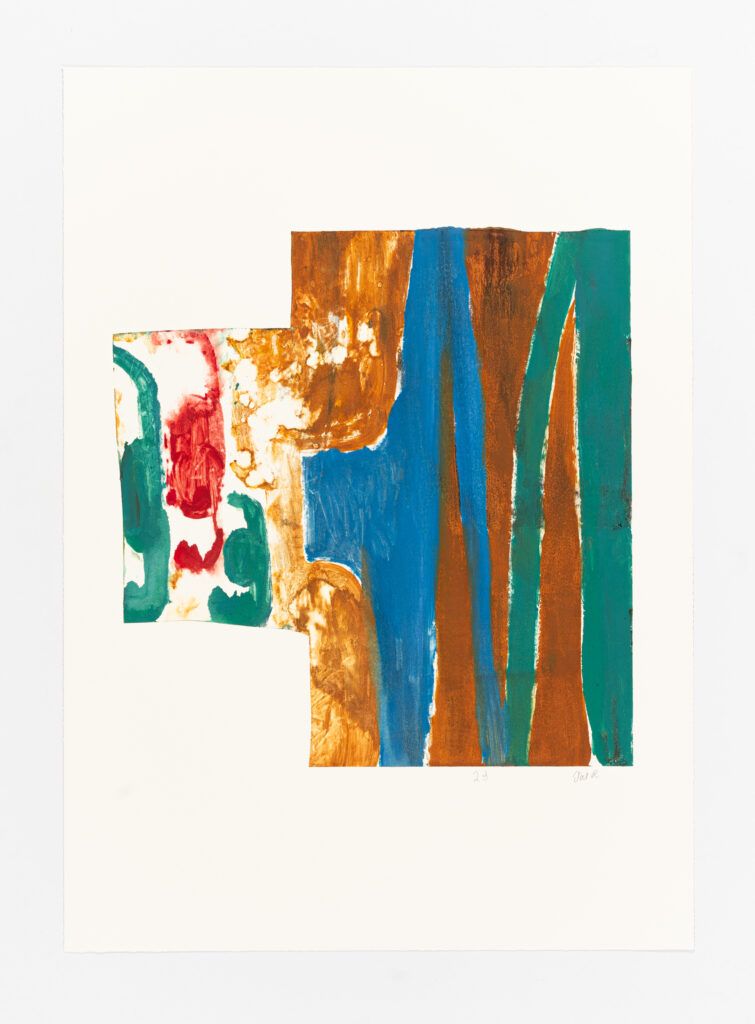 New editions
New editions
Tal R | Weather Report
Posted 06.09.23
Considering Tal R’s productivity and willingness to experiment, it is all the more notable that Weather Report is his first exploration of monotypes. His Weather Report monotypes depict the felled trees, light and colours of an eye-shaped clearing in a Danish forest.
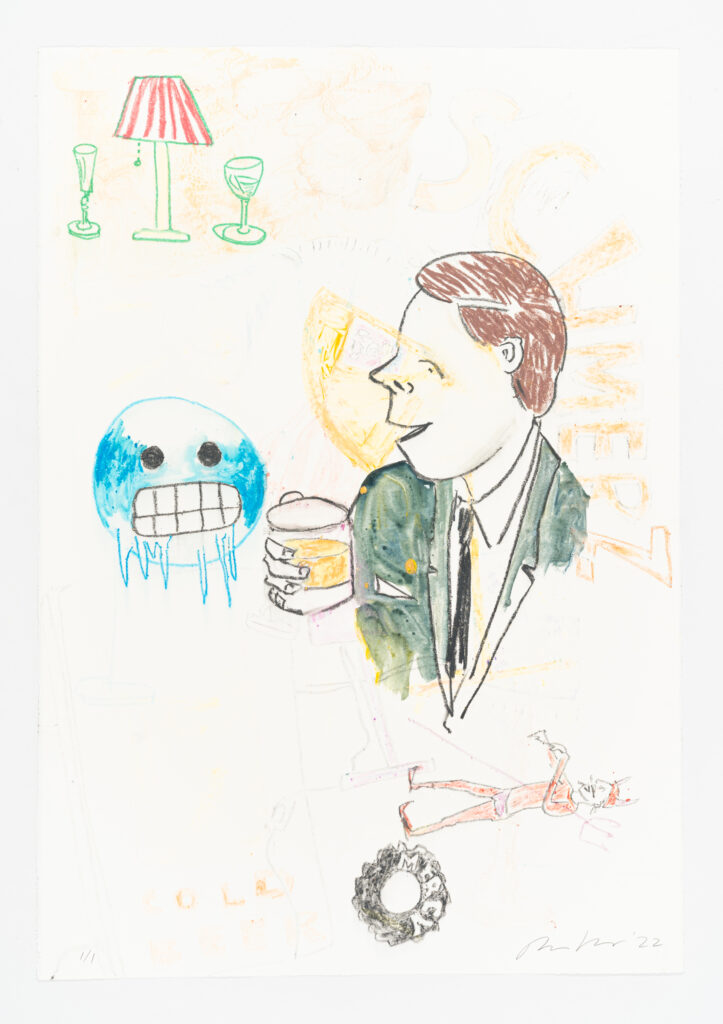 New editions
New editions
Ragnar Kjartansson | Monotypes
Posted 04.09.23
In Ragnar Kjartansson’s hands, monotypes become an artistic tool for investigating a visual idea in the form of a series, exploring a theme and its variations to the point of […]
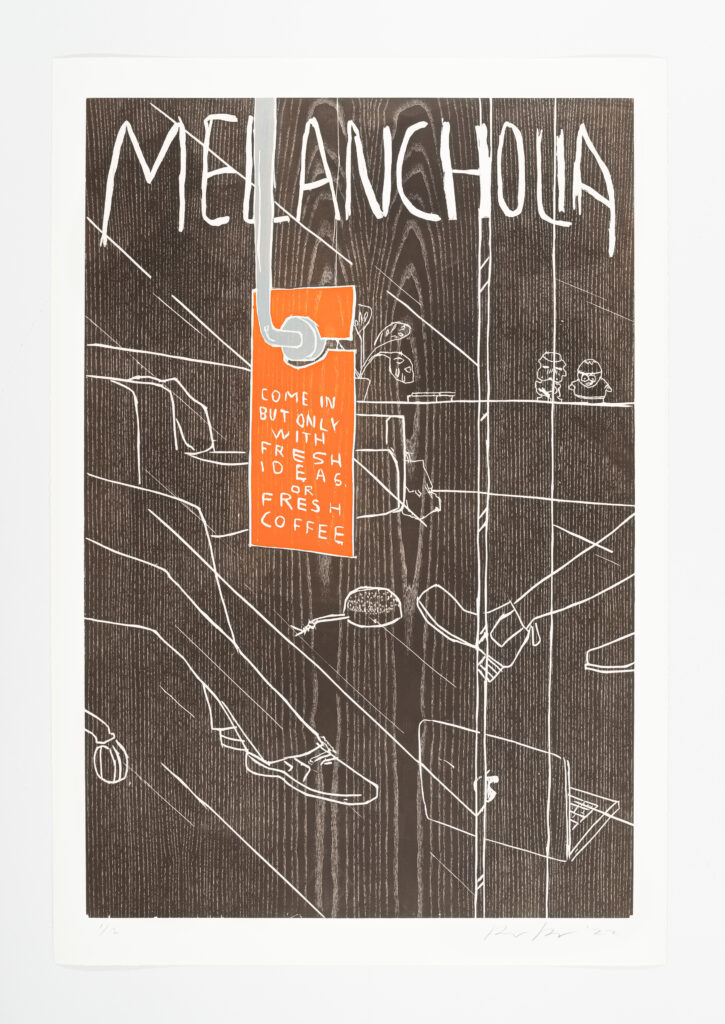 New editions
New editions
Ragnar Kjartansson | Creative Space
Posted 31.08.23
Ragnar Kjartansson’s woodcut Creative Space is related to his works on privileged 21st century uneasiness like Scandinavian Pain and Scenes from Western Culture. Kjartansson’s prints demonstrate his curiosity about the technical and aesthetic possibilities […]
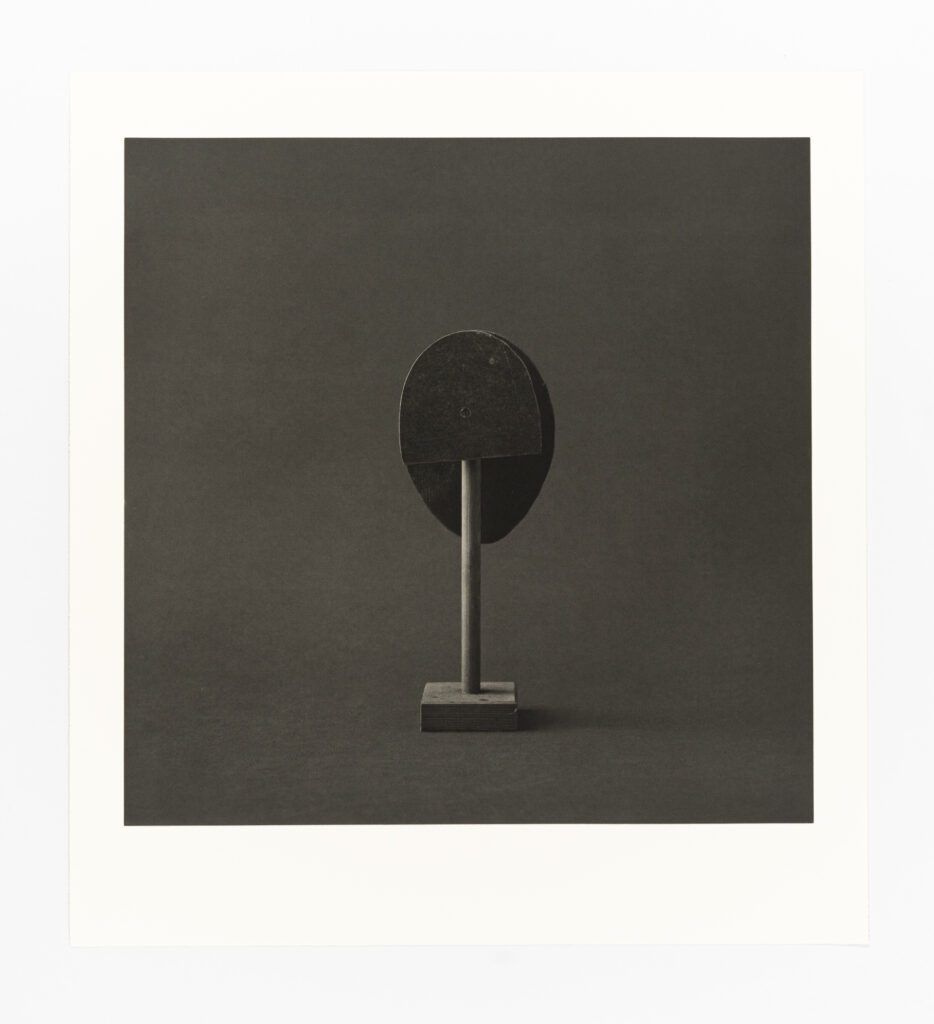 New editions
New editions
Trine Søndergaard | Blind Side
Posted 16.08.23
Søndergaard’s Blind Side photogravures are refined, serene images of what appears to be a totemic minimalist sculpture, captured from different angles
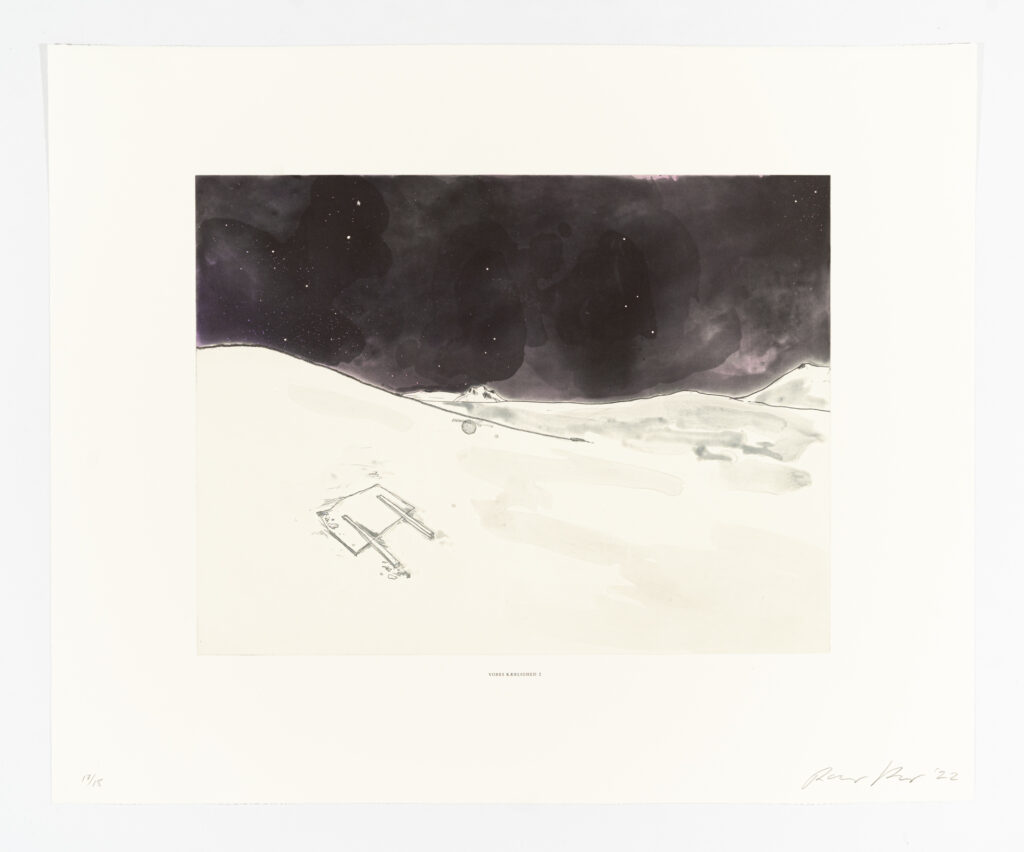 New editions
New editions
Ragnar Kjartansson | VORES KÆRLIGHED
Posted 14.07.23
The barren landscape in Kjartansson’s etchings is at once frighteningly lonely and strikingly beautiful.
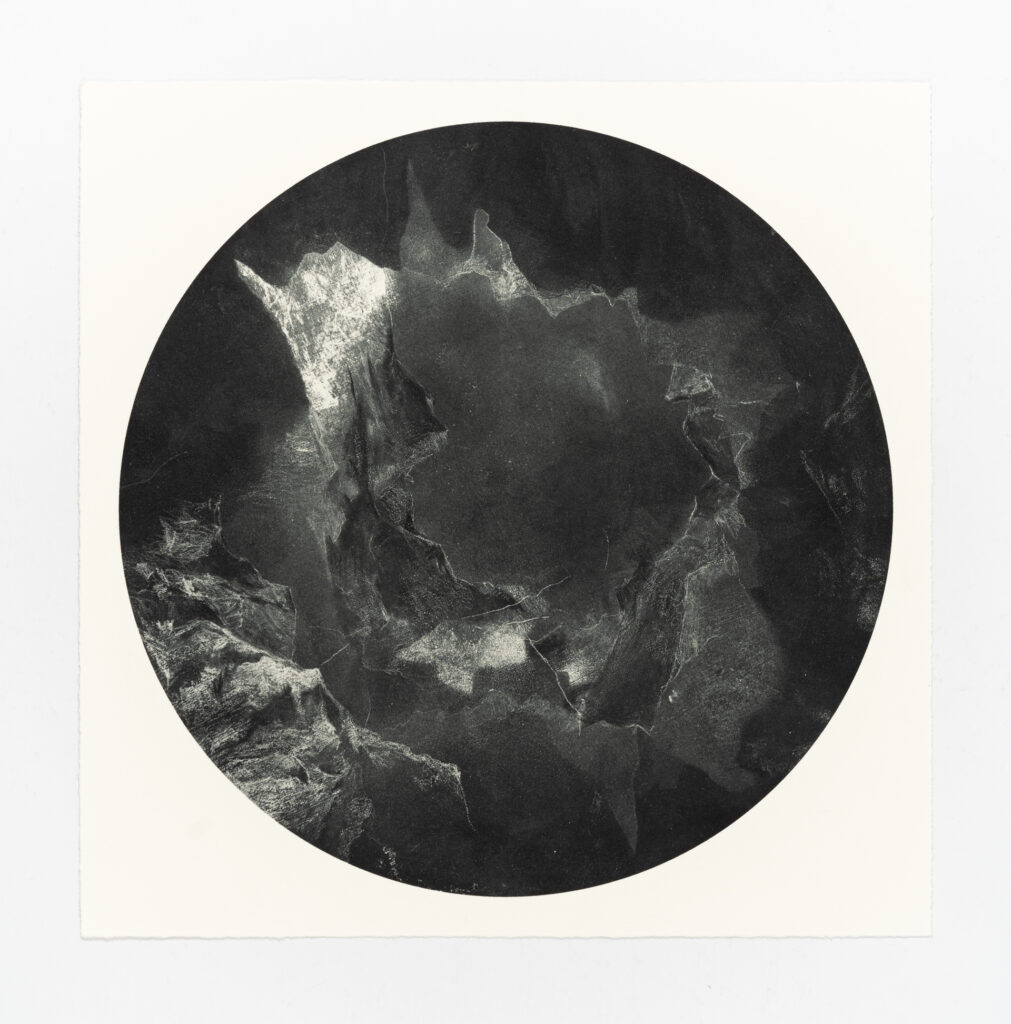 New editions
New editions
Tacita Dean | DANTE
Posted 20.06.23
The Tacita Dean’s photogravure DANTE accompanies the release of the music score DANTE by Thomas Adès.
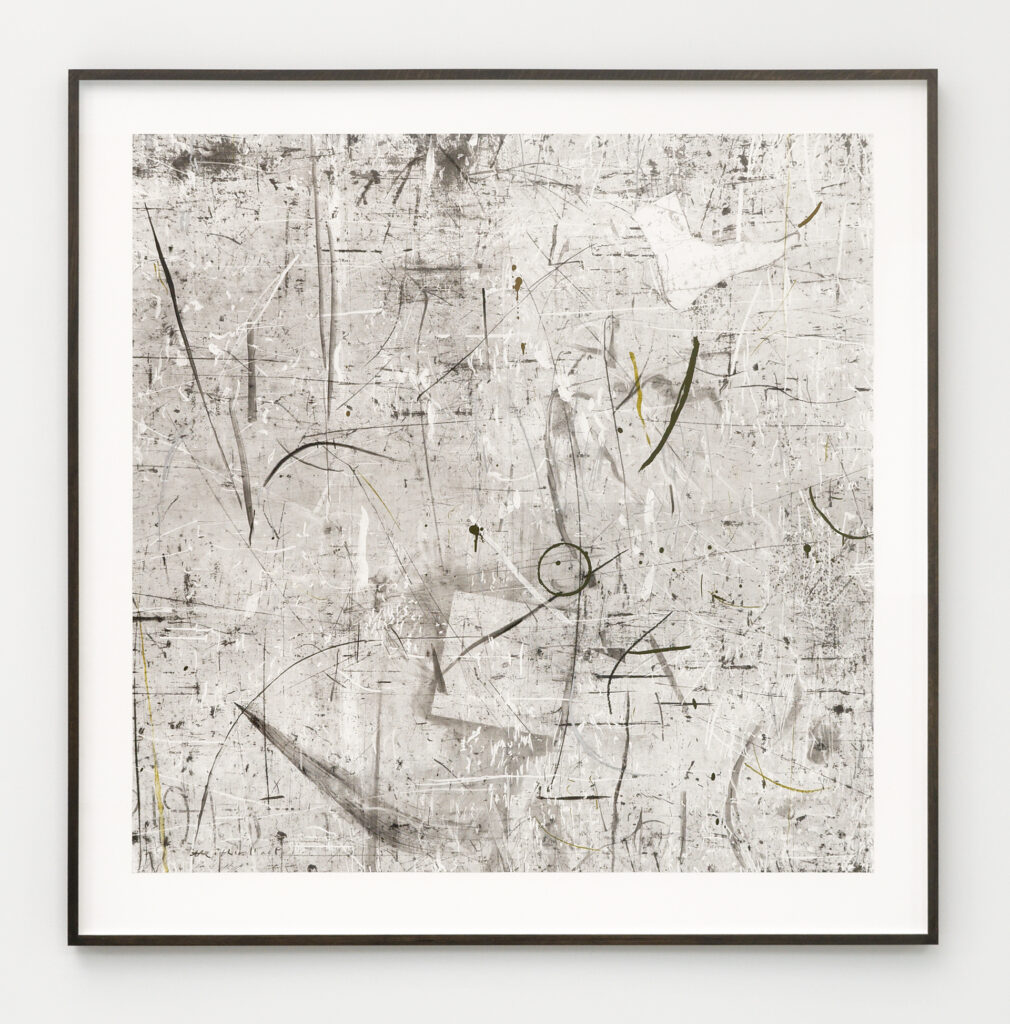 New editions
New editions
Tacita Dean | Telomere 1-4
Posted 08.06.23
Tacita Dean describes Telomere 1–4 as a ‘found mark project’, where she traced, copied, and accumulated the scratches over the four prints. The images of the four pieces that make up Tacita […]
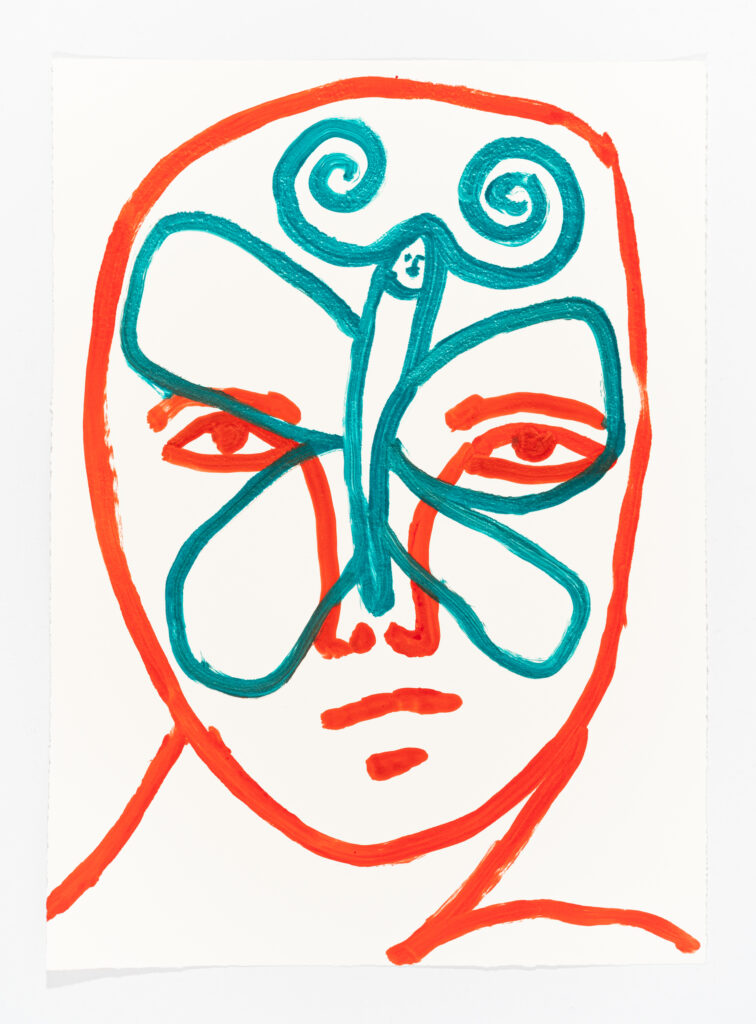 New editions
New editions
Emma Kohlmann | Etchings and Monotypes
Posted 24.05.23
Emma Kohlmann draws on an archive of figures and motives she has developed in her practice as a painter.
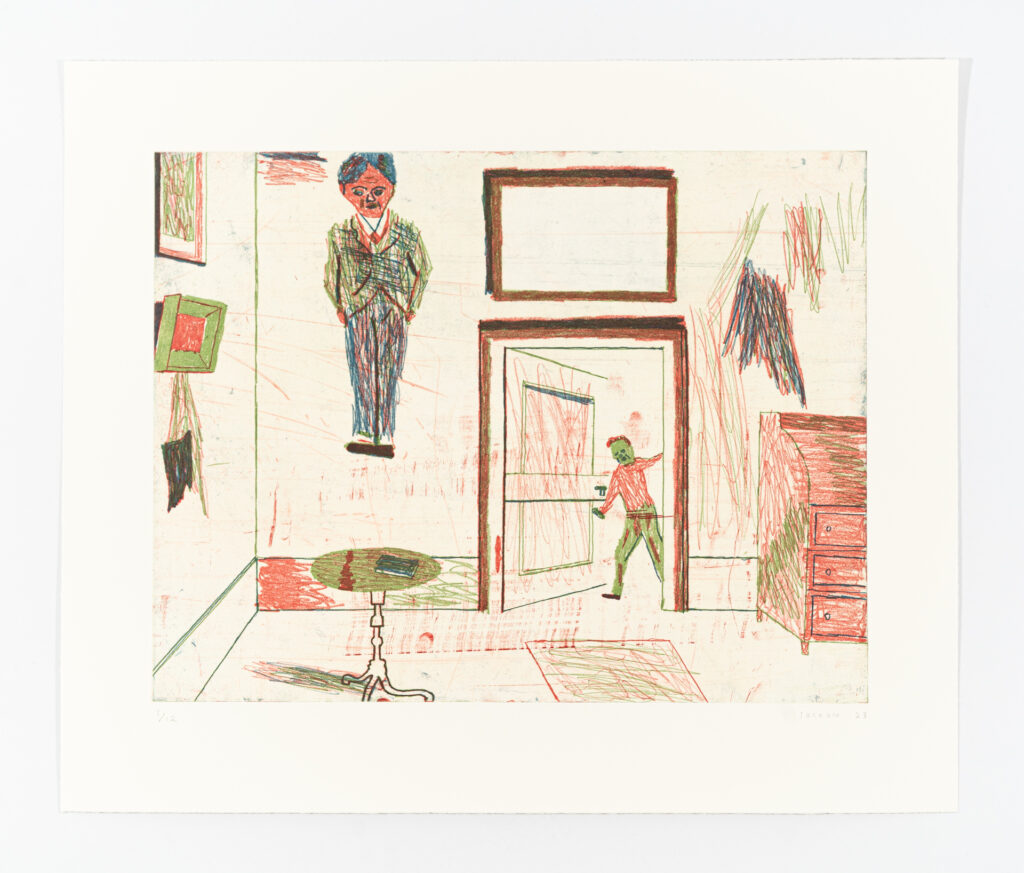 New editions
New editions
Jockum Nordström | Etchings & Monoprints
Posted 29.03.23
Nordström’s prints tell mysterious, melancholic and humorous narratives, offering glimpses into an internal dialogue collaged from the artist’s own lived experience.
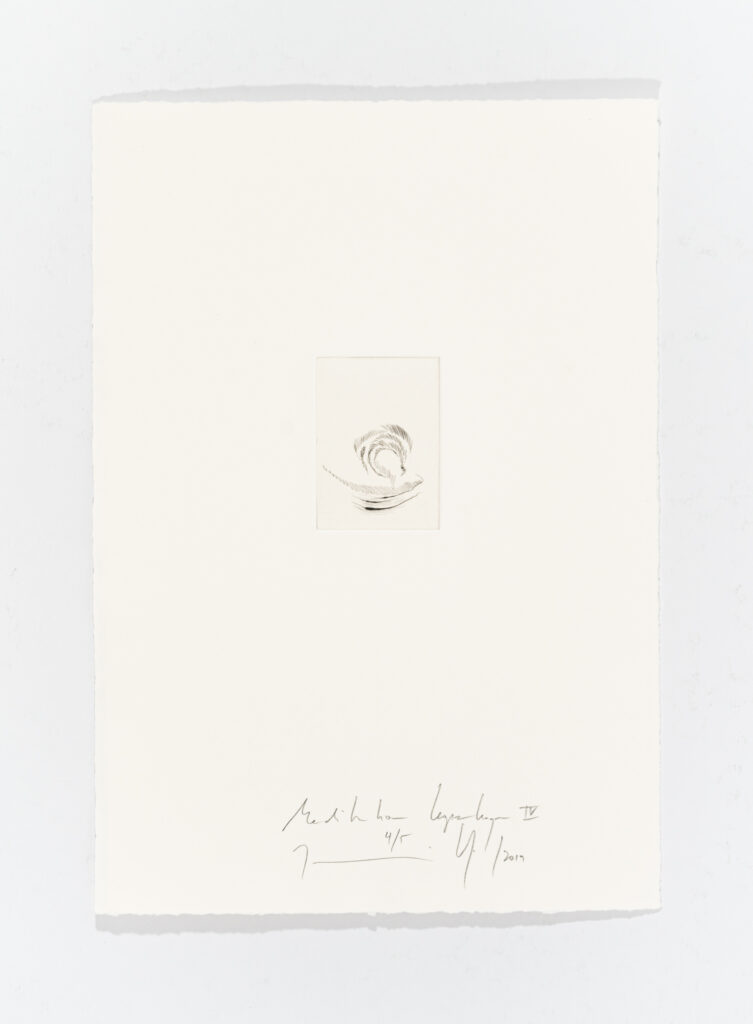 New editions
New editions
Jorinde Voigt | Meditation Copenhagen
Posted 29.03.23
For Meditation Copenhagen, a suite of twelve etchings, Jorinde Voigt limited herself exclusively to the drypoint technique.
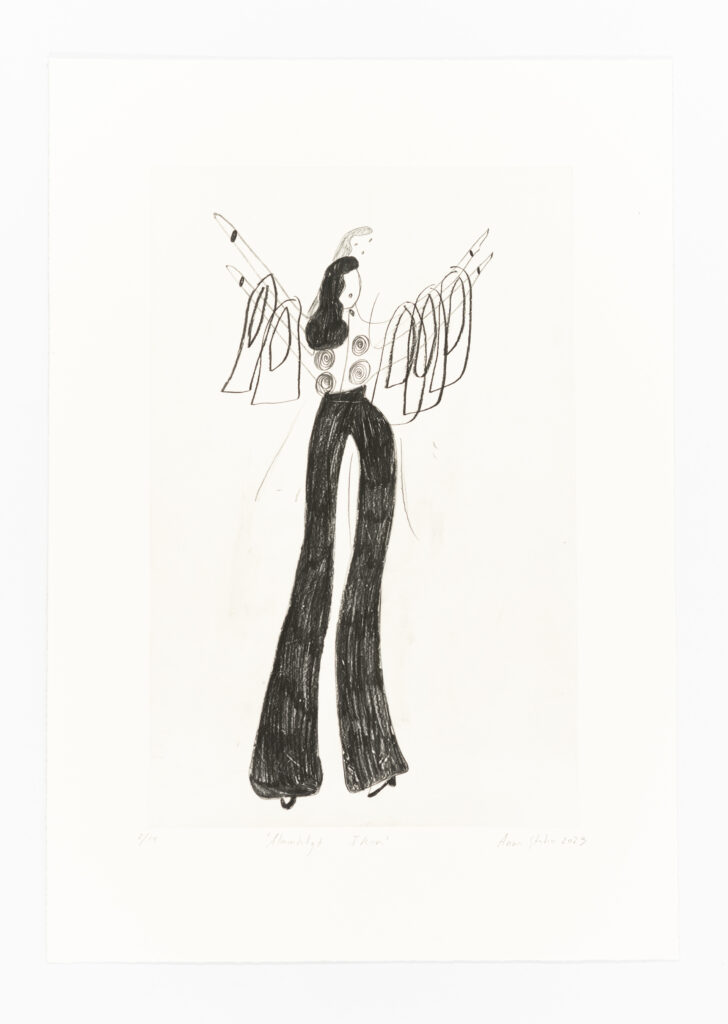 New editions
New editions
Anna Stahn | Wide-eyed, open
Posted 09.03.23
The characters in Anna Stahn’s universe appear carefree and removed from the problems of contemporary life.
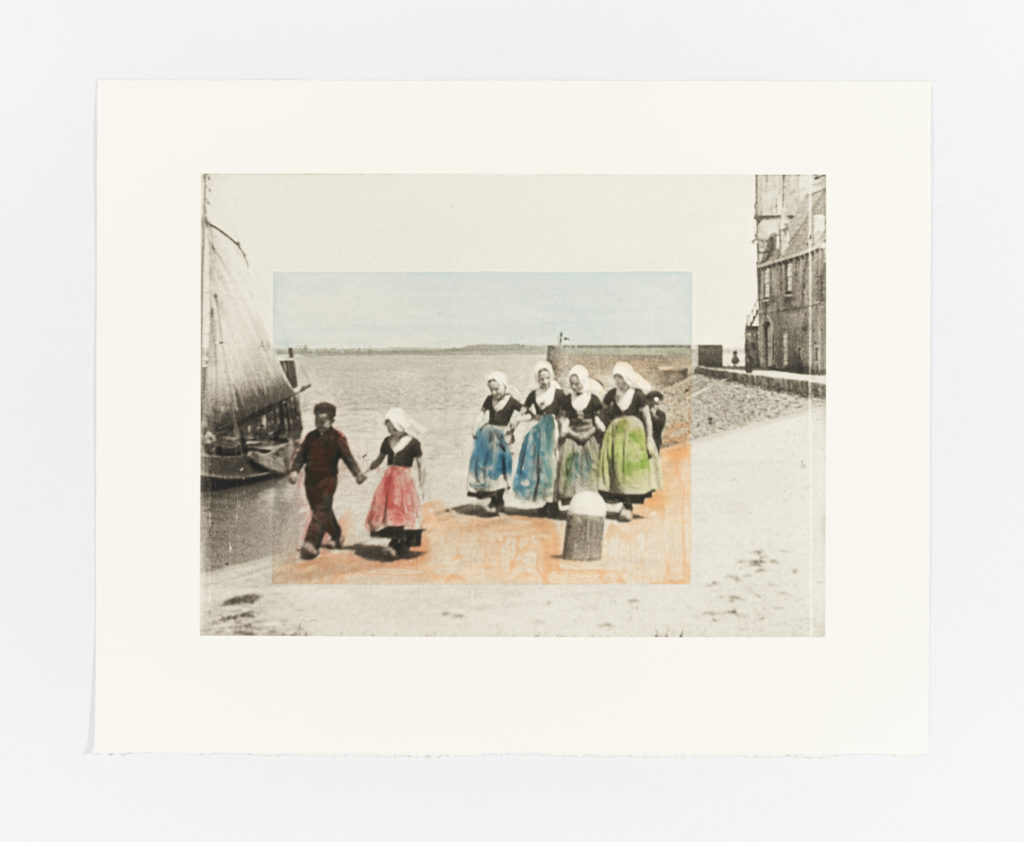 New editions
New editions
Fiona Tan | Technicolor Dreaming
Posted 25.01.23
Fiona Tan’s Technicolor Dreaming photogravures are informed by her interest in early filmmakers’ obsession with colour.
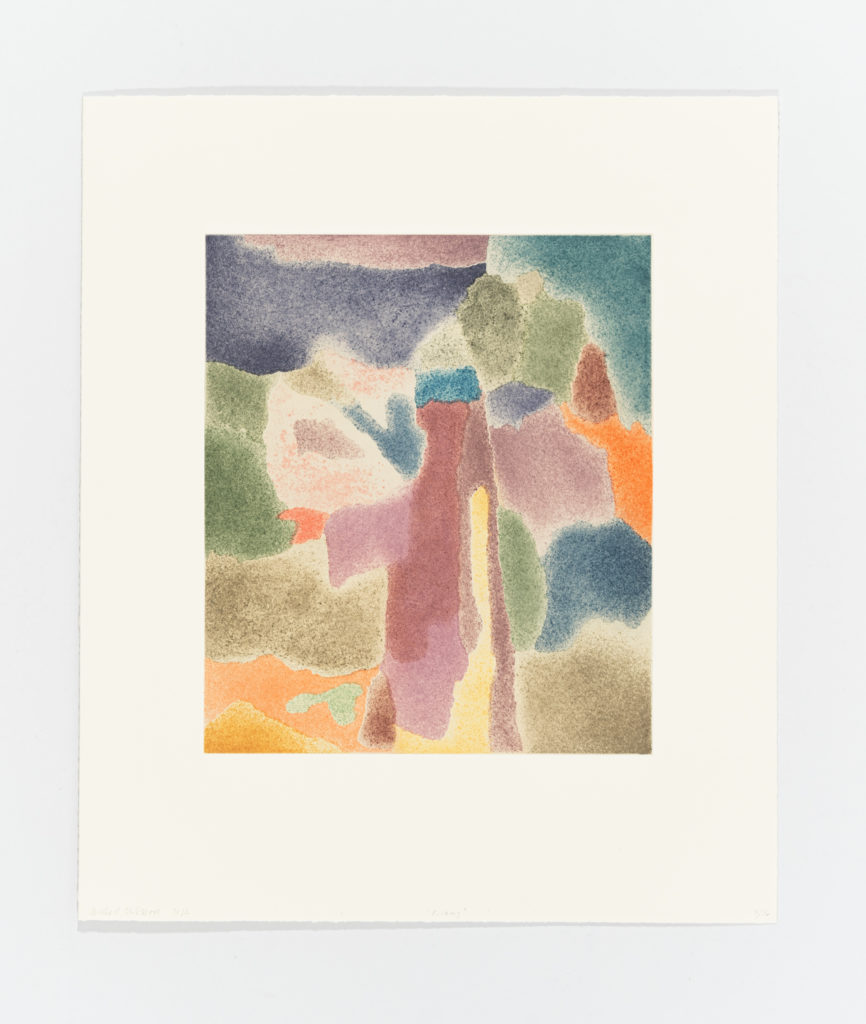 New editions
New editions
Andreas Eriksson | Risberg
Posted 12.01.23
Undulating soft gradients of tone form an intuitive landscape of shadows and colours.
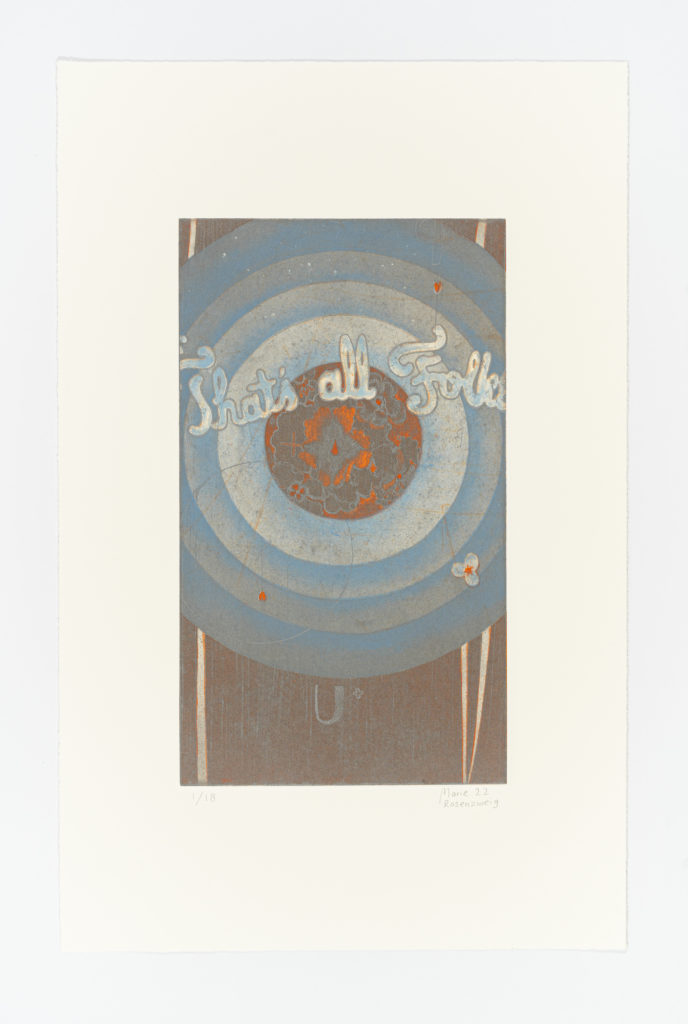 New editions
New editions
Marie Rud Rosenzweig | Liminality
Posted 27.09.22
Liminality is a new etching printed from three plates, in a colour arrangement of a rich orange, contrasted with a vivid blue and silvery-grey.
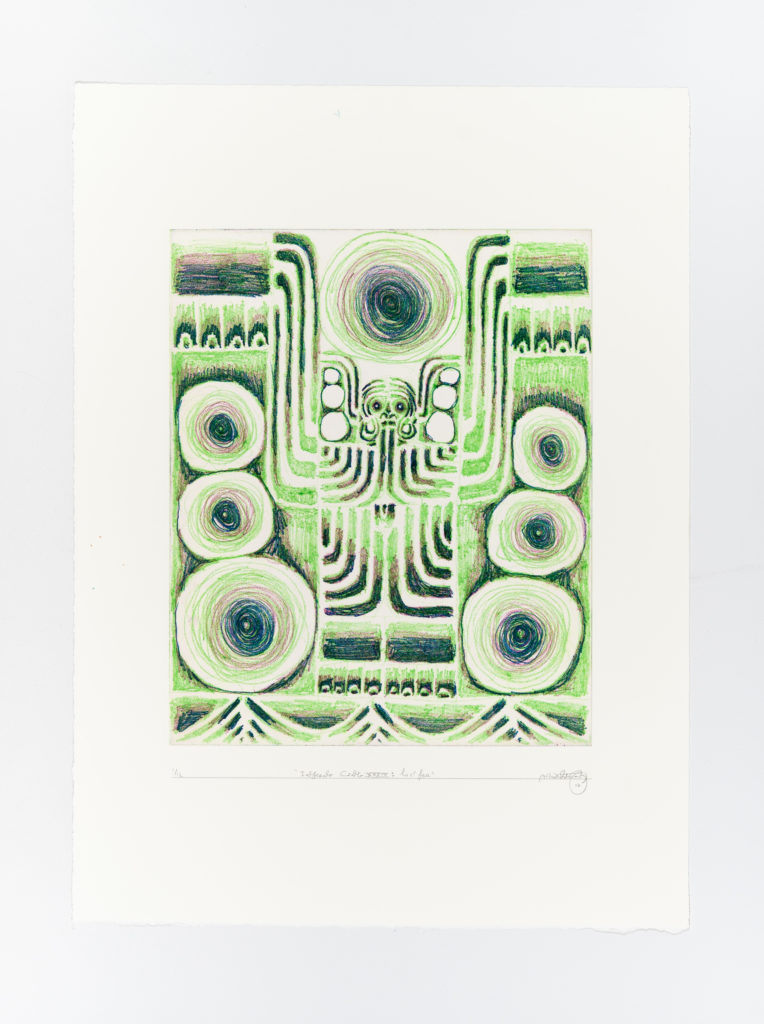 New editions
New editions
Alexander Tovborg | Inferno
Posted 30.08.22
Alexander Tovborg’s portfolio of 37 etchings is inspired by each specific canto (verse) of Inferno, first book of Dante’s Divine Comedy from 1320
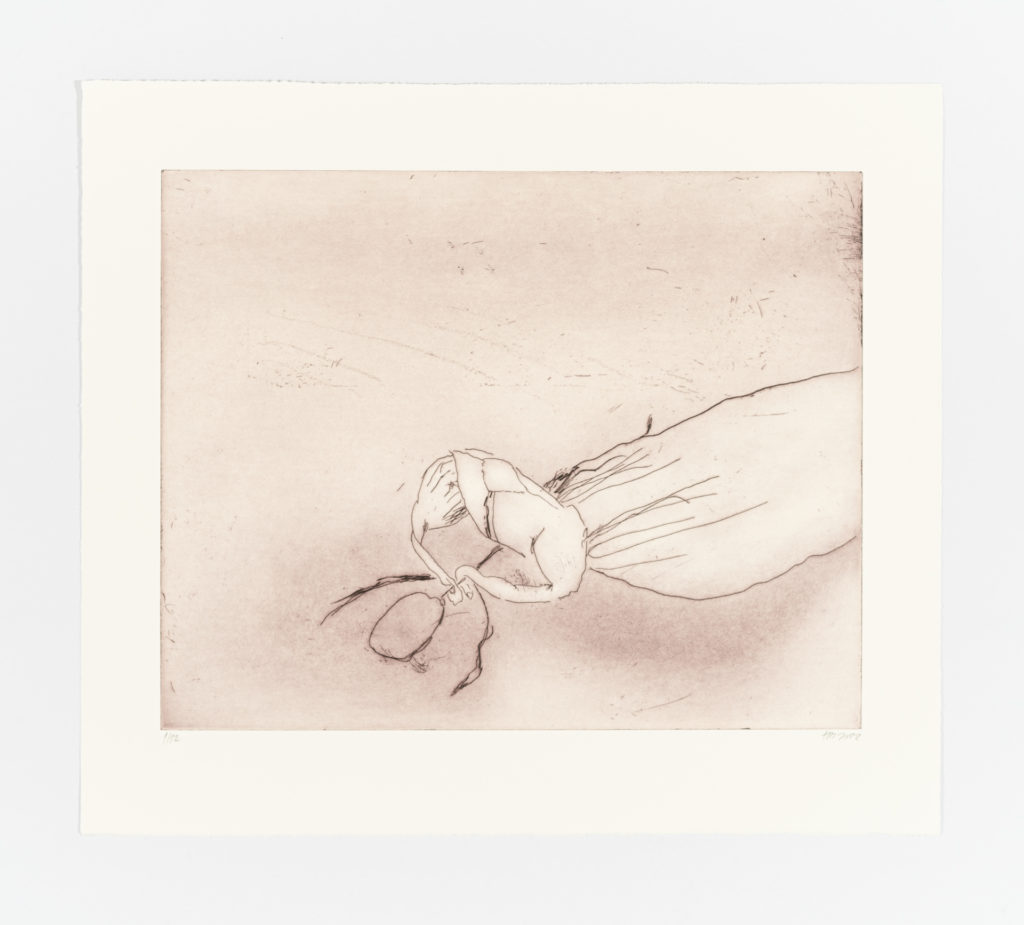 New editions
New editions
Hannah Heilmann | Night at the webshop
Posted 12.08.22
BORCH Editions is pleased to publish a series of etchings by Hannah Heilmann. Working with master printer Mette Ulstrup, Heilmann has created a portfolio of five etchings that stem from the artist’s research-based practice. The prints encapsulate a perennial topic of the artist’s research – the cultural history of clothing and the desire-driven economy surrounding it.
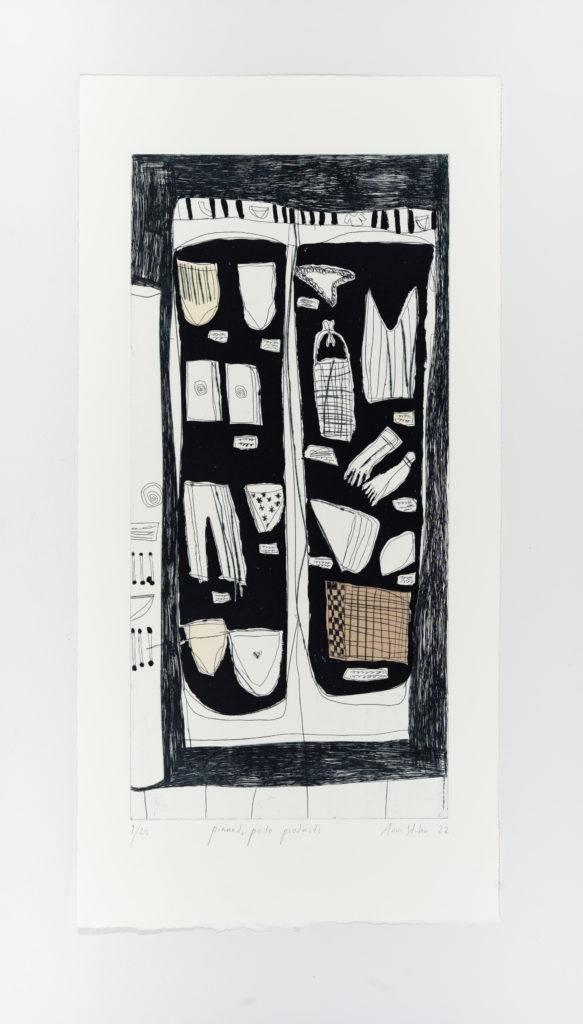 New editions
New editions
Anna Stahn | Pinned, pale products
Posted 27.06.22
Anna Stahn renders a storefront and invites the viewer to go window shopping, perusing the display of garments and underwear.
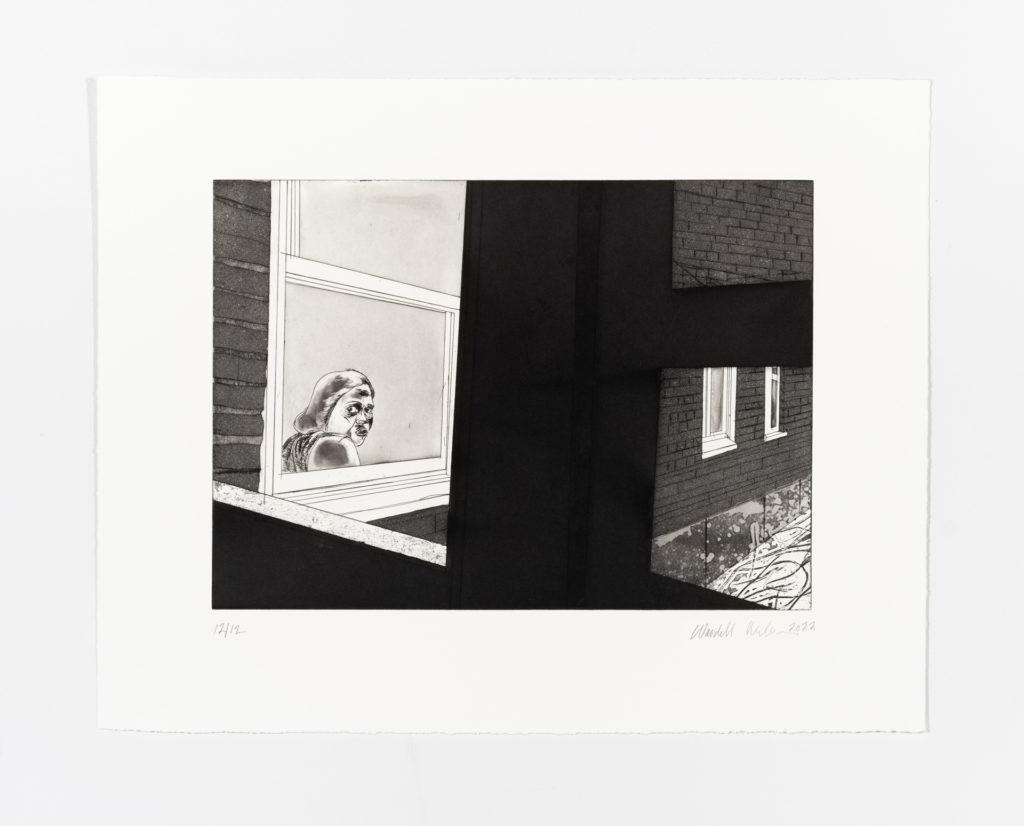 New editions
New editions
Wardell Milan | The Balcony: The World is Made of Eggs
Posted 08.06.22
Milan first initiated The Balcony by creating a suite of eight etchings in 2019, marking the first part of the series. A second suite of eight etchings with the subtitle The World is Made of Eggs, extends the portfolio in 2022.
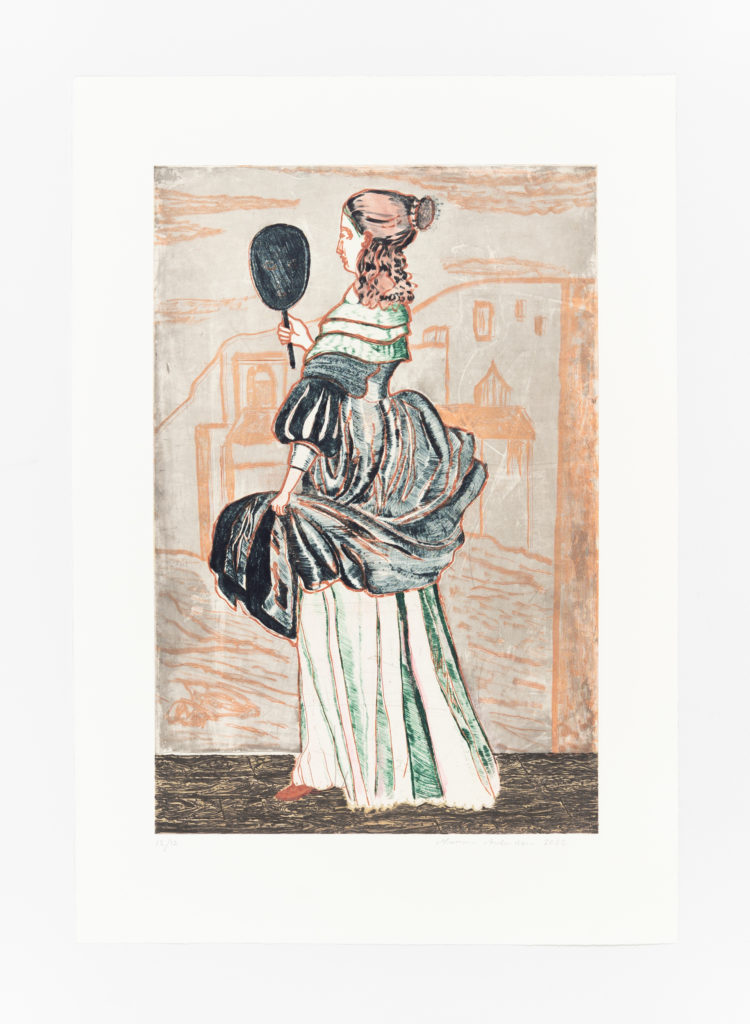 New editions
New editions
Mamma Andersson | Mademoiselle and Madame
Posted 07.04.22
The figures in the etchings Mademoiselle and Madame stem from Mamma Andersson’s image archive: two women emerge from a former time in an assemblage of backgrounds and textures.
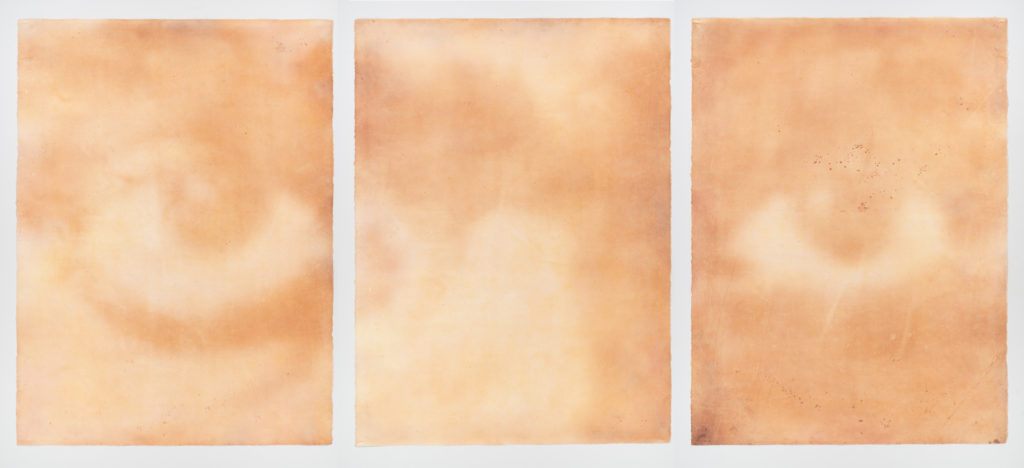 New editions
New editions
Adam Jeppesen | Tyler H
Posted 31.03.22
In Adam Jeppesen’s triptych Tyler H, large ominous eyes slowly appear from a scattering of random marks and tones. The large-scale print is related to a series of transitory portraits titled Amos.
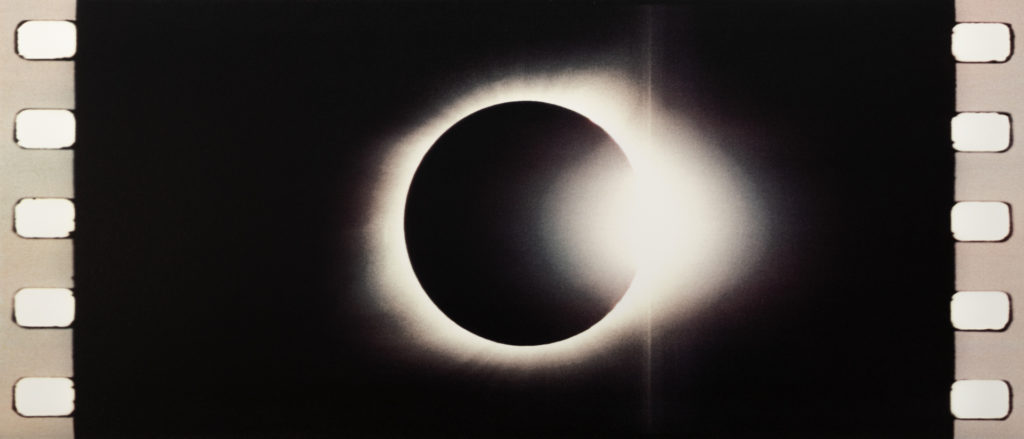 New editions
New editions
Tacita Dean | Antigone (offset)
Posted 24.03.22
Tacita Dean’s print project ‘Antigone (offset),’ 2021, relates to Dean’s hour long 35mm double Cinemascope film work ‘Antigone,’ 2018, which was created for her 2018 exhibition at The Royal Academy in London, and has since travelled to Glyptotek, Copenhagen, and Kunstmuseum Basel.
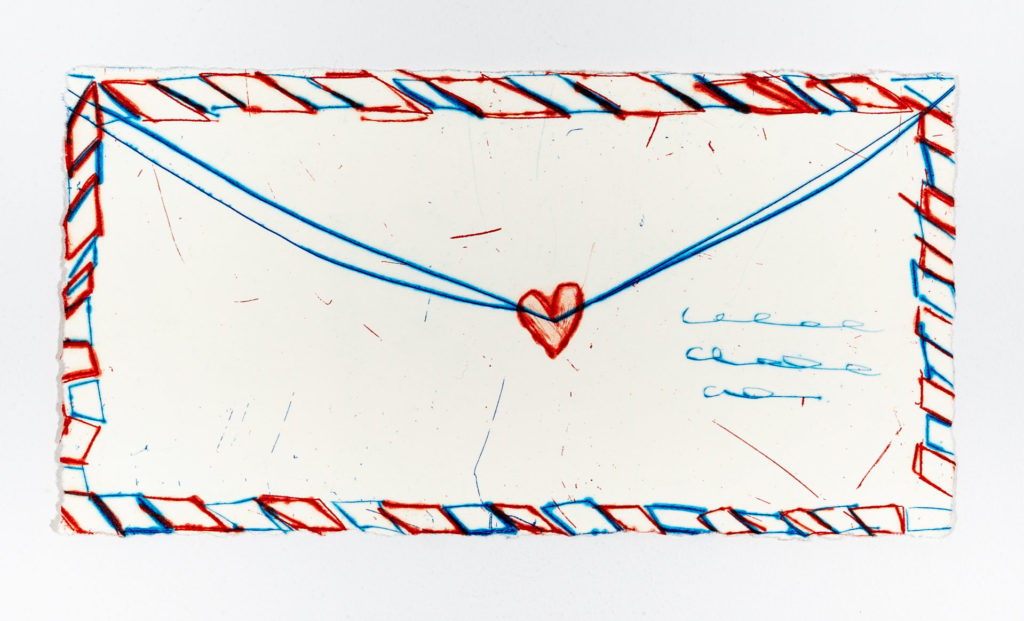 New editions
New editions
Anna Stahn | Newspaper print & Love letter
Posted 11.02.22
Anna Stahn’s two etchings Newspaper print and Love letter are based on different ways of communicating messages.
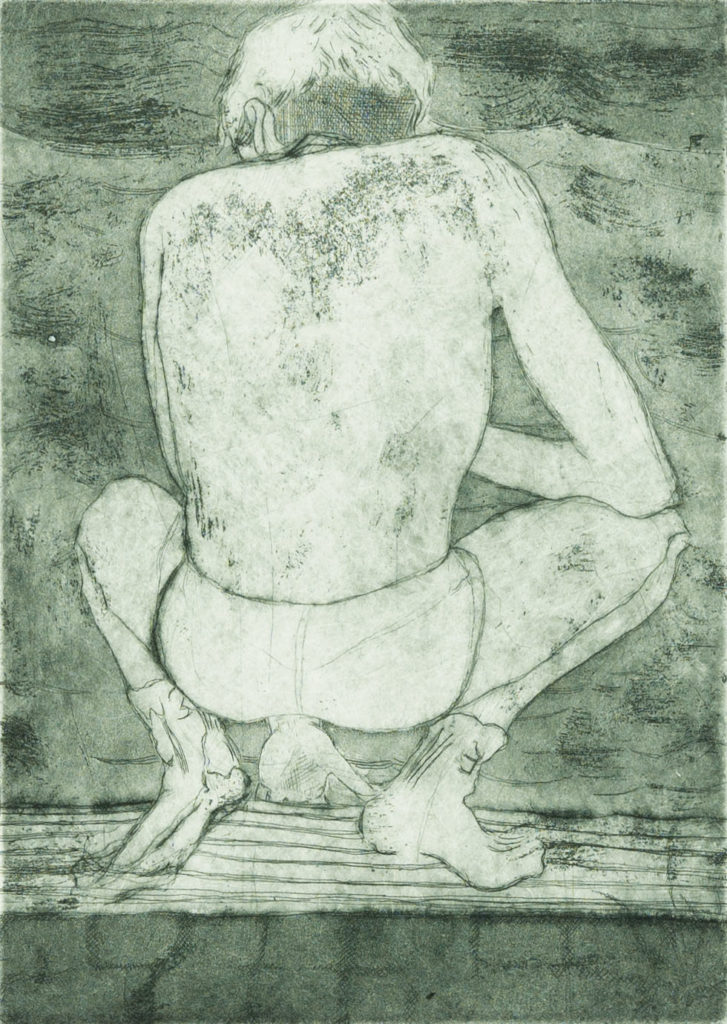 New editions
New editions
Marie Rud Rosenzweig | Etchings
Posted 06.12.21
The prints Hound, Jerry, Lady Marion’s Veil and Suggestive kneeling marks the artist’s first collaboration with BORCH Editions.
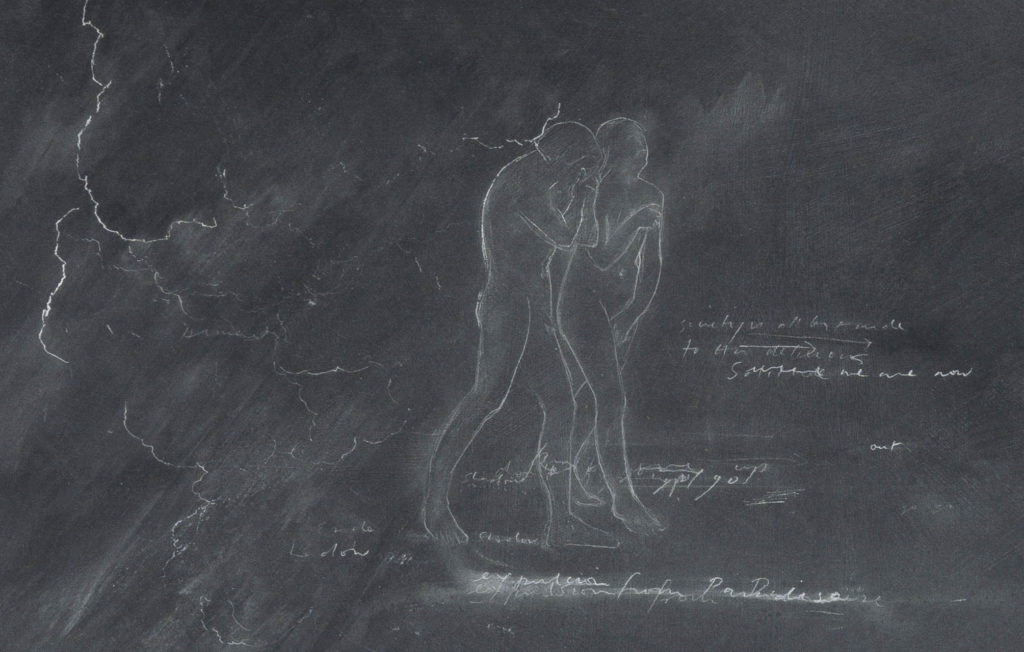 New editions
New editions
Celebrating 40 Years of Collaboration | Tacita Dean printed by Niels Borch Jensen
Posted 26.11.21
Tacita Dean’s Expulsion from Paradise is the fourth and final contribution to BORCH Editions’ anniversary series, printed by Niels Borch Jensen.
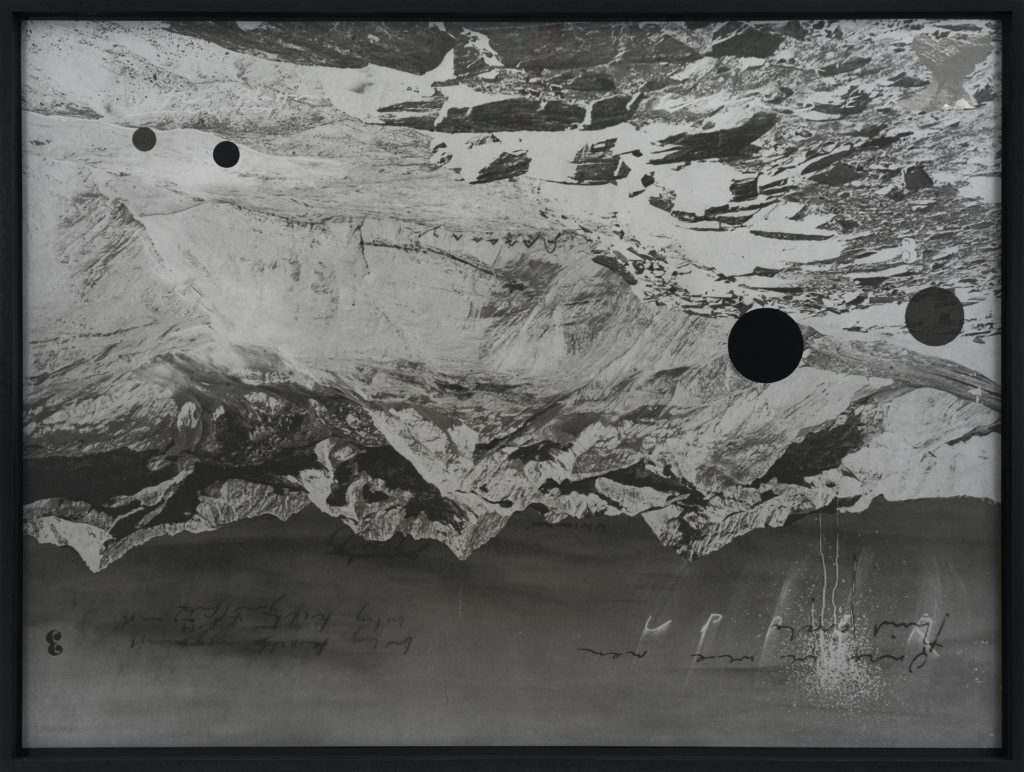 New editions
New editions
Tacita Dean | Inferno
Posted 14.10.21
Tacita Dean’s Inferno, 2021, is a ten-metre print of a mountainous panorama, made in eight parts.
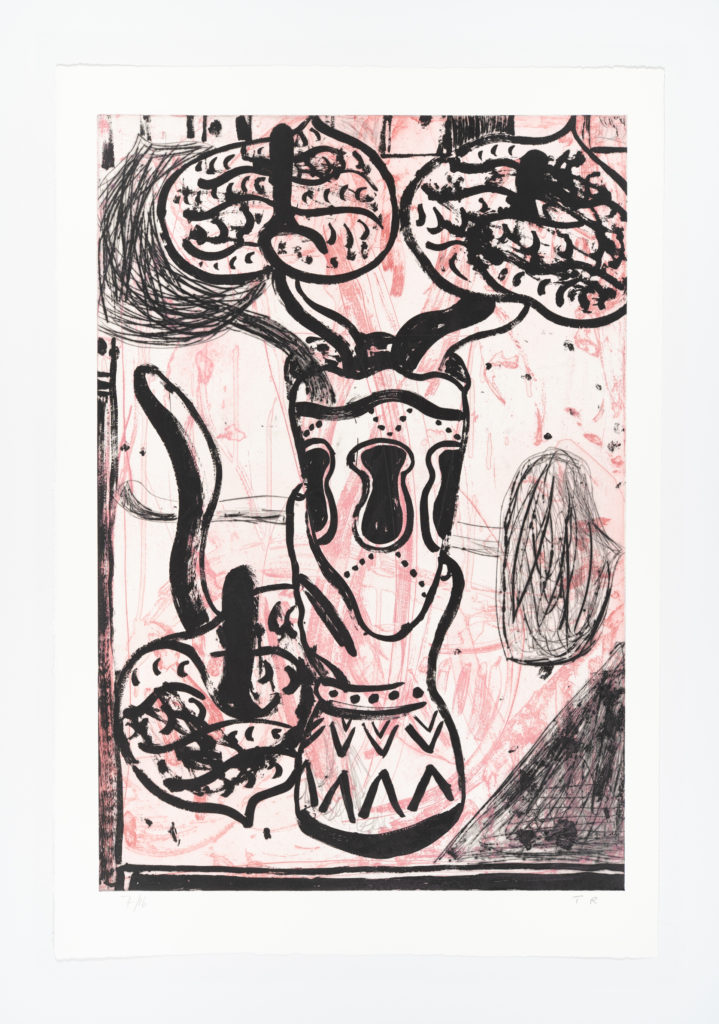 New editions
New editions
Tal R | Blomster uden titel
Posted 25.06.21
Each of the five prints in the suite Blomster uden titel depict a bouquet of flowers picked by Tal R from around his home in the Danish countryside.
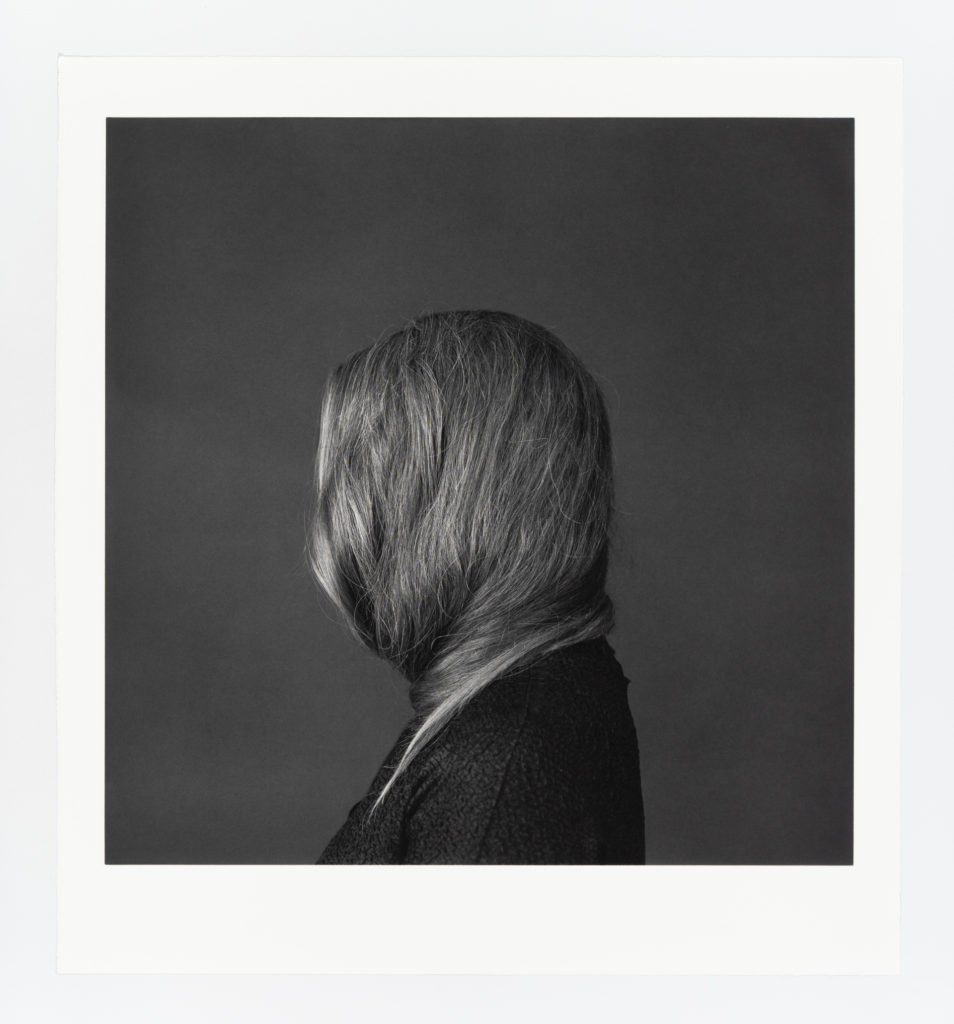 New editions
New editions
Trine Søndergaard | Untitled
Posted 03.03.21
Trine Søndergaard has created a series of six portraits of women whose faces are covered by their draped hair.
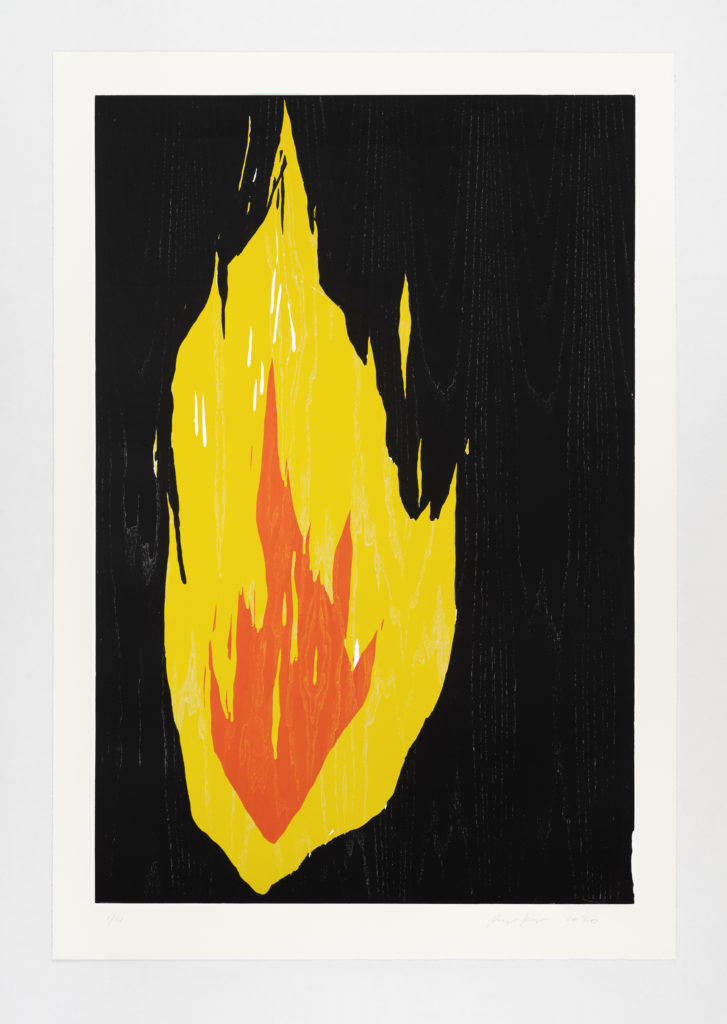 New editions
New editions
Ragnar Kjartansson | Fire
Posted 05.11.20
Ragnar Kjartansson’s first collaboration with BORCH Editions simultaneously marks his first exposure to the medium of printmaking. It resulted in a suite of twenty-five etchings and seven large-scale woodcuts.
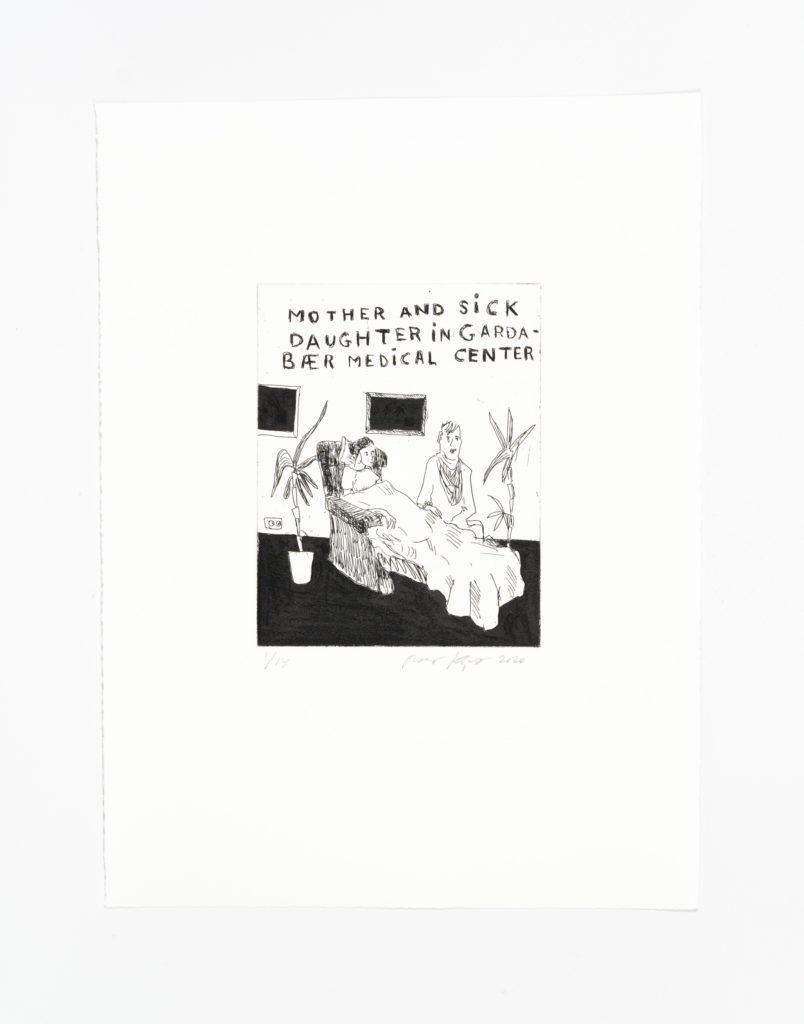 New editions
New editions
Ragnar Kjartansson | Repent
Posted 05.11.20
The suite of twenty-five etchings is a collection of self-contained vignettes; poetic, comical, sometimes absurd scenes combining image and text.
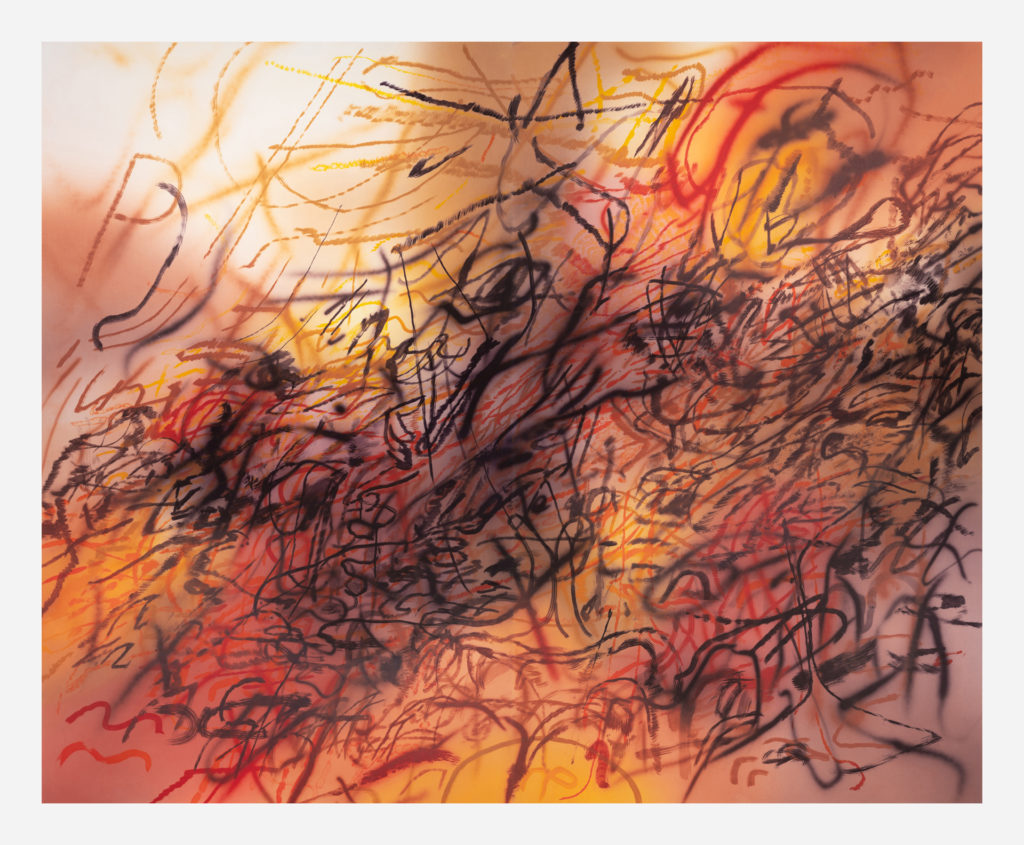 New editions
New editions
Julie Mehretu | Slouching Towards Bethlehem
Posted 04.11.20
In four chromatic large-scale prints Julie Mehretu combines photogravure with classic intaglio printing techniques.
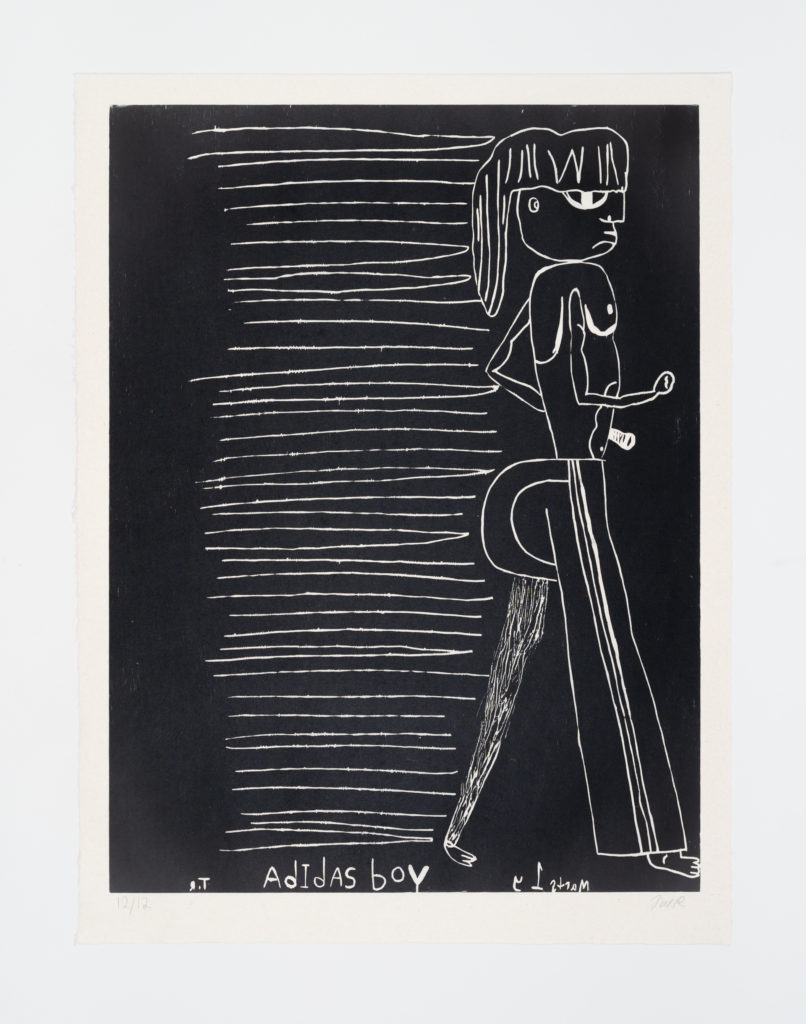 New editions
New editions
Tal R | Adidas Boy
Posted 08.06.20
The imagery for Tal R’s Adidas Boy, a suite of 24 woodcuts, is based on a group of bronze sculptures created for his 2020 solo exhibition at Ny Carlsberg Glyptotek in Copenhagen.
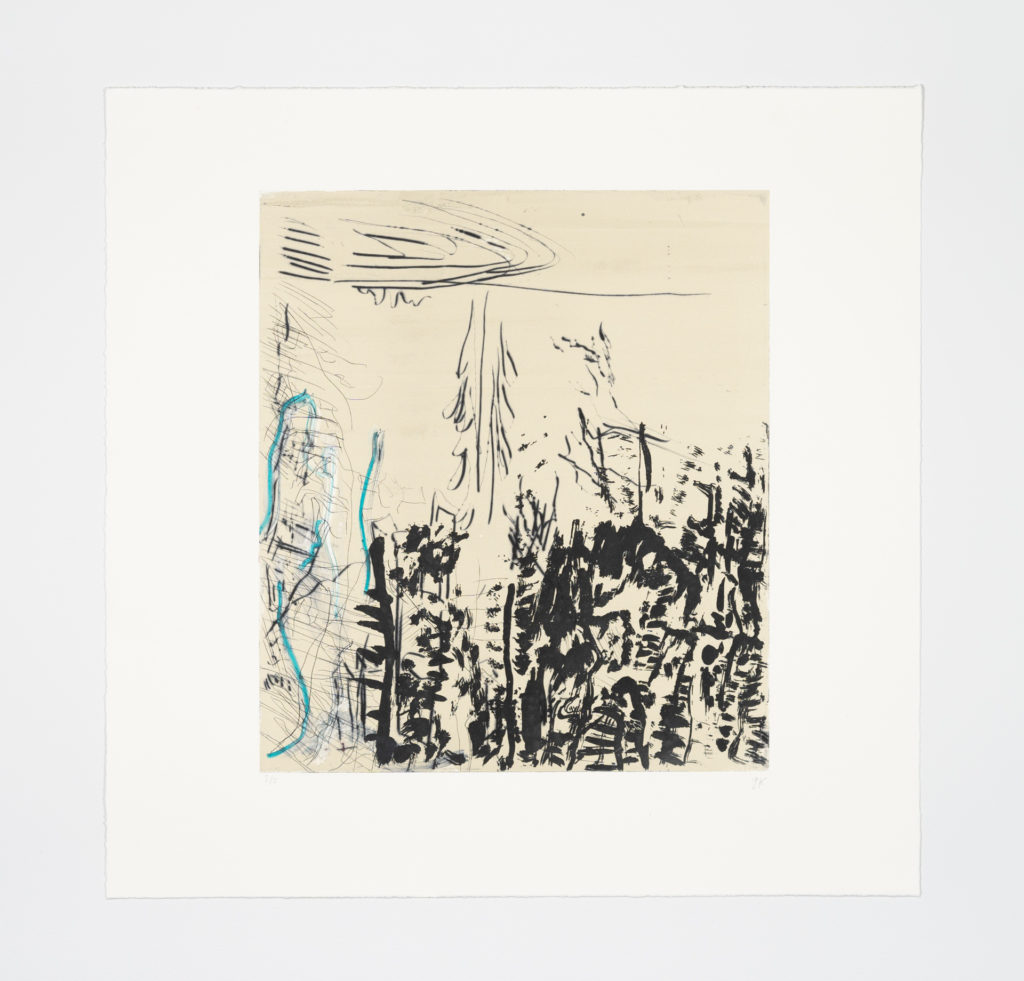 New editions
New editions
Per Kirkeby | Monoprints
Posted 28.02.20
Per Kirkeby, the most famous Danish artist of his generation, announced the end of his career as a painter in 2015. His collaboration with BORCH Editions, which dates back as far as 1979, continued nevertheless, and in 2017 he created a series of multi-coloured monoprints in collaboration with master printer Mette Ulstrup.
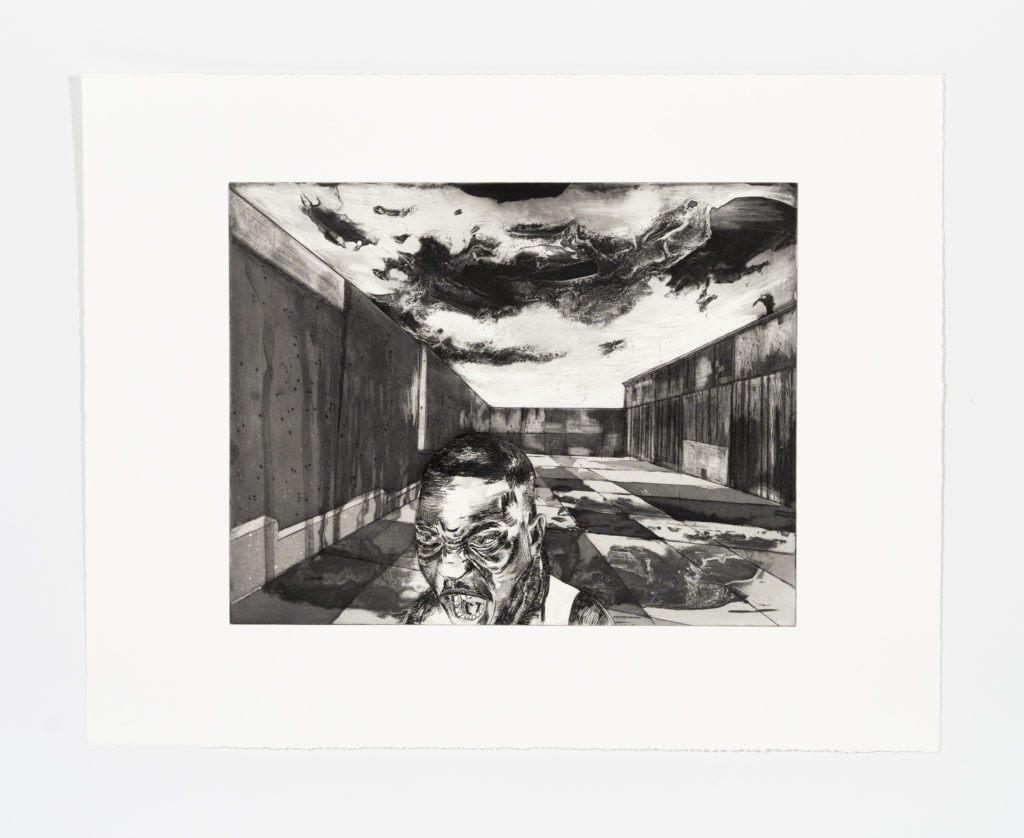 New editions
New editions
Wardell Milan | The Balcony
Posted 30.01.20
Wardell Milan’s first collaboration with BORCH Editions resulted in a portfolio of eight etchings entitled The Balcony. In The Balcony Milan explores the absurdity of politics, social and political structures, power dynamics and spectatorship and how these forces effect one’s personal existence.
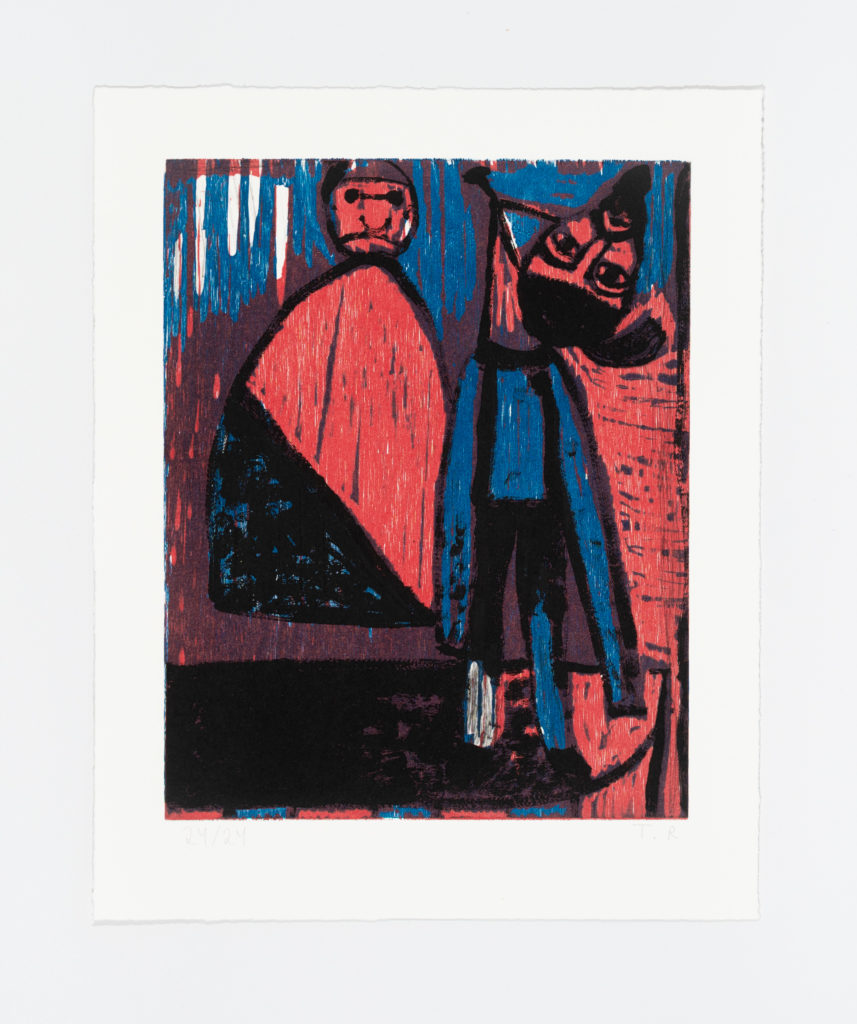 New editions
New editions
Tal R | : tingsted
Posted 06.12.19
In : tingsted, a series of six new prints published in an edition of 24, the viewers encounter people Tal R knows personally and objects he has a personal connection to – a male figure, flee market finds like masks and toy animals or a flower vase.
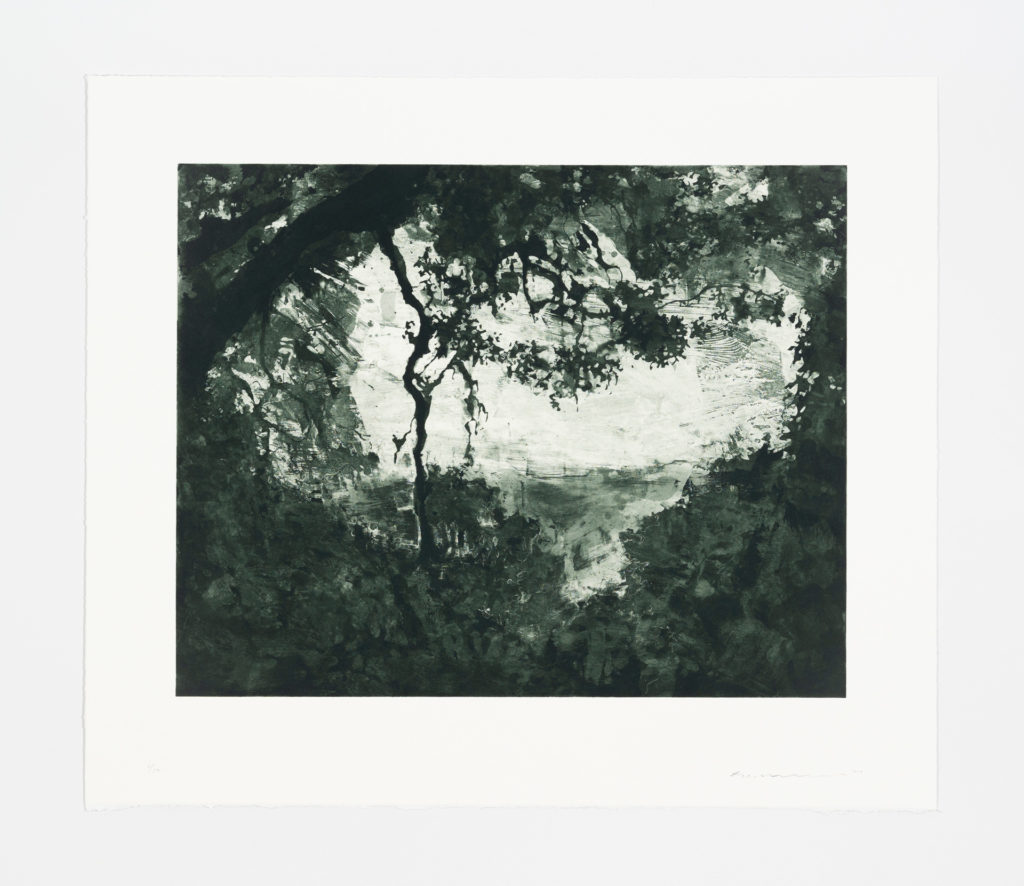 New editions
New editions
Matt Saunders | Etchings
Posted 27.11.19
Matt Saunders has been working on an ongoing series of landscape etchings since 2015. Often completed in parallel to his other collaborations with BORCH Editions, the series will ultimately comprise six etchings (in an allusion to Wallace Steven’s poem Six Significant Landscapes).
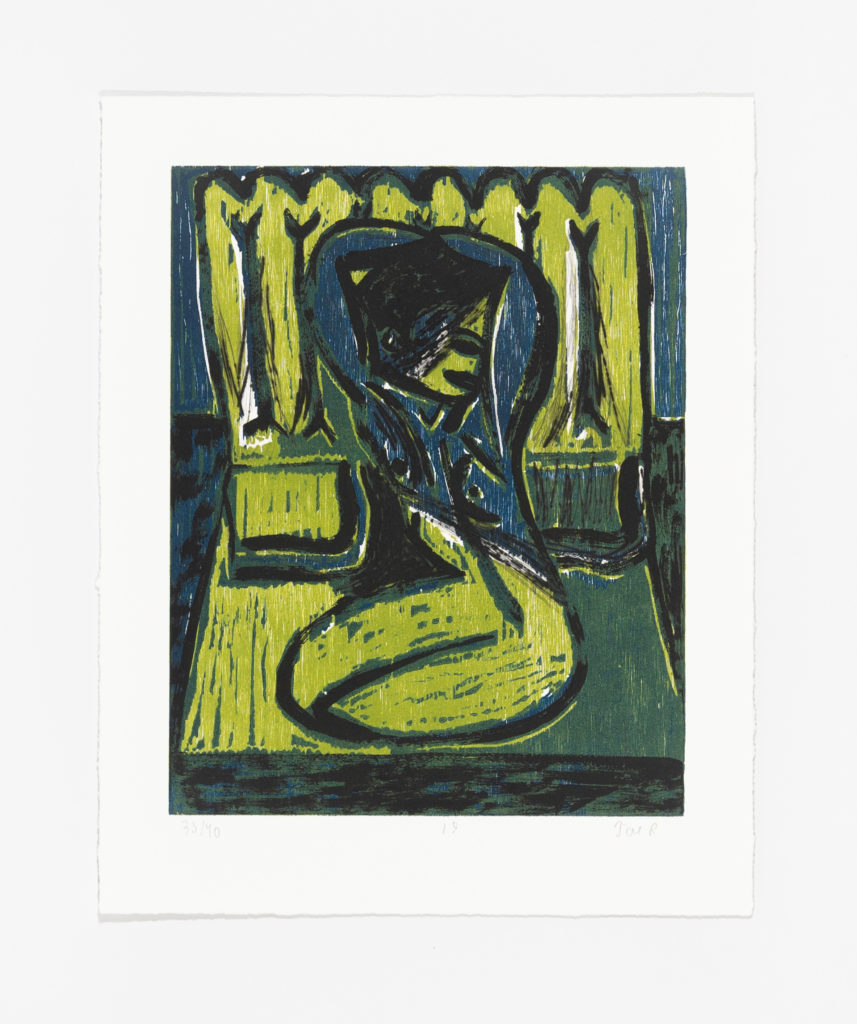 New editions
New editions
Celebrating 40 Years of Collaboration | Tal R printed by Julie Dam
Posted 23.10.19
In celebration of the print studio’s 40th anniversary, BORCH Editions are publishing four prints by four artists who have built comprehensive bodies of printed work in collaboration with the printmaking studio. Tal R’s print Lillen, a combination of woodcut and etching, was printed by master printer Julie Dam.
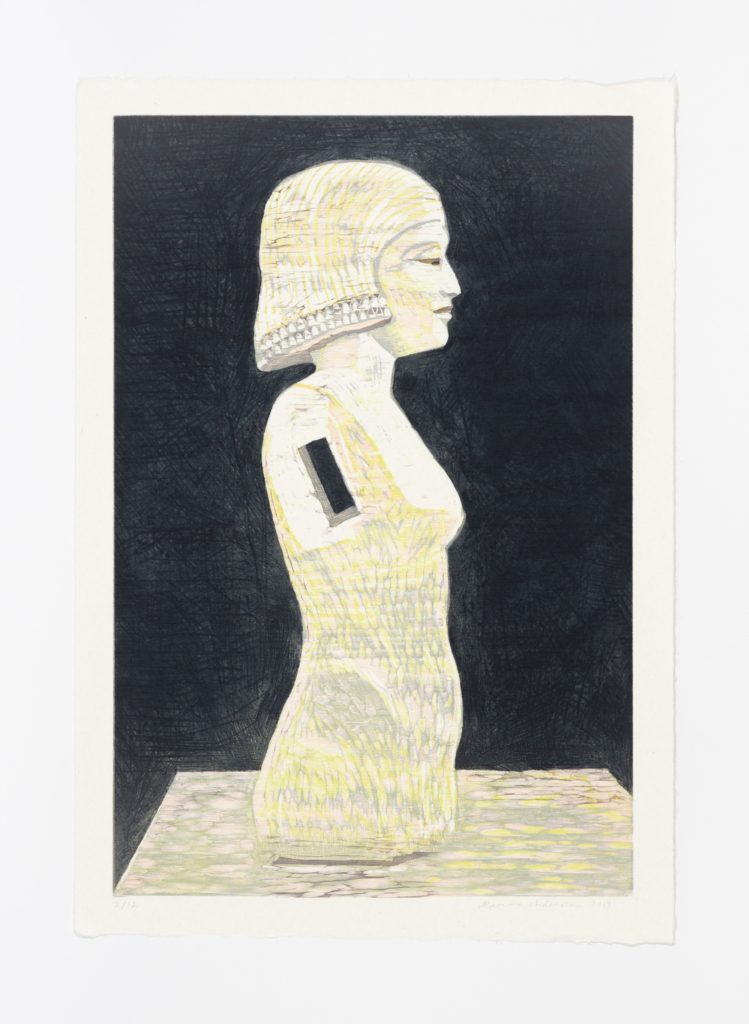 New editions
New editions
Mamma Andersson
Posted 10.10.19
For her first collaboration with BORCH Editions Mamma Andersson created a suite of three prints, combining woodcut and etching on Japanese paper.
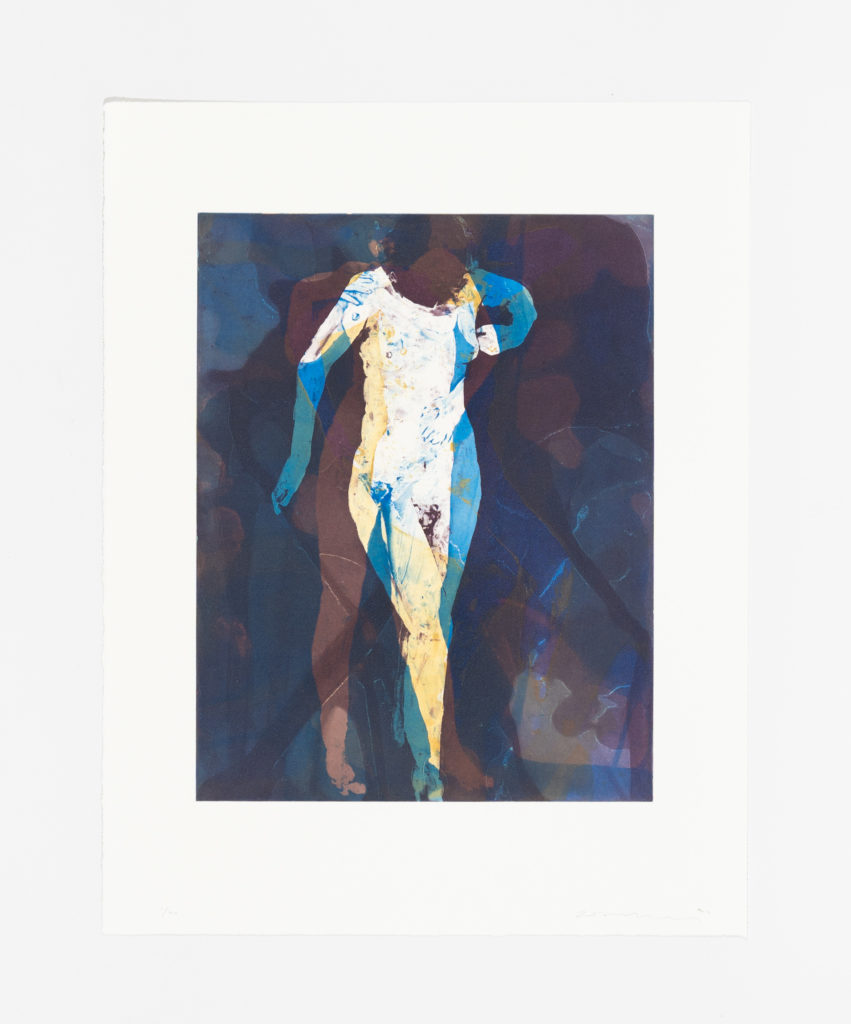 New editions
New editions
Celebrating 40 Years of Collaboration | Matt Saunders printed by Thomas Jennions
Posted 25.09.19
In celebration of the print studio’s 40th anniversary, BORCH Editions will publish four prints by four artists who have built comprehensive bodies of printed work in collaboration with the printmaking studio. The second contribution, Matt Saunders’ etching Marthe in the Garden, is printed by master printer Thomas Jennions.
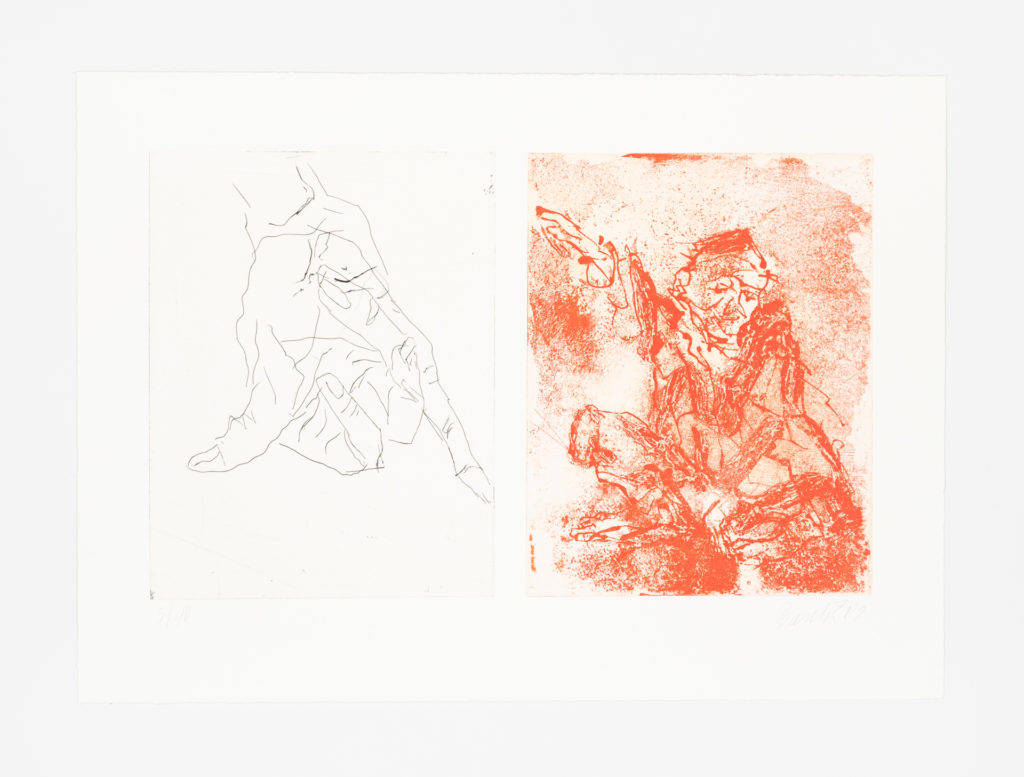 New editions
New editions
Celebrating 40 Years of Collaboration | Georg Baselitz printed by Mette Ulstrup
Posted 20.08.19
In celebration of the print studio’s 40th anniversary, BORCH Editions will publish four prints by four artists who have built comprehensive bodies of printed work in collaboration with the printmaking studio. The first contribution, an etching made from two plates by Georg Baselitz, is printed by master printer Mette Ulstrup.
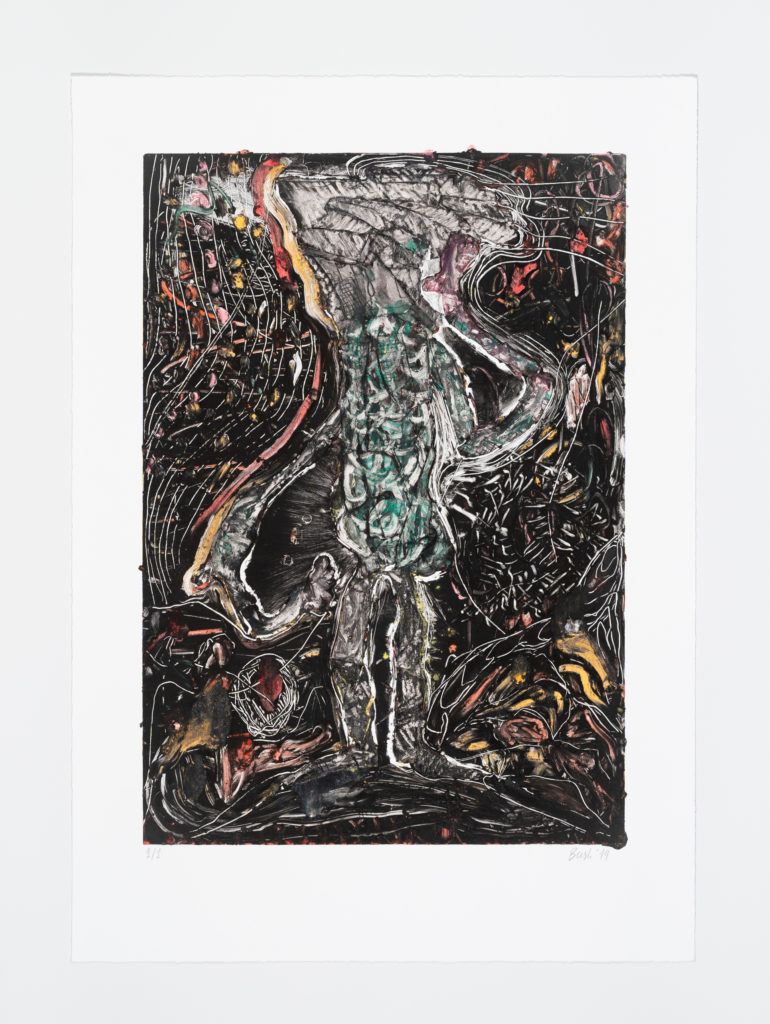 New editions
New editions
Peter Linde Busk | There Is No Fate That Cannot Be Surmounted By Scorn
Posted 05.08.19
Peter Linde Busk’s universe is a dark underworld inhabited by fabulous figures. He examines the border between abstraction and figuration, referring to literary and mythical as well as contemporary fictional characters.
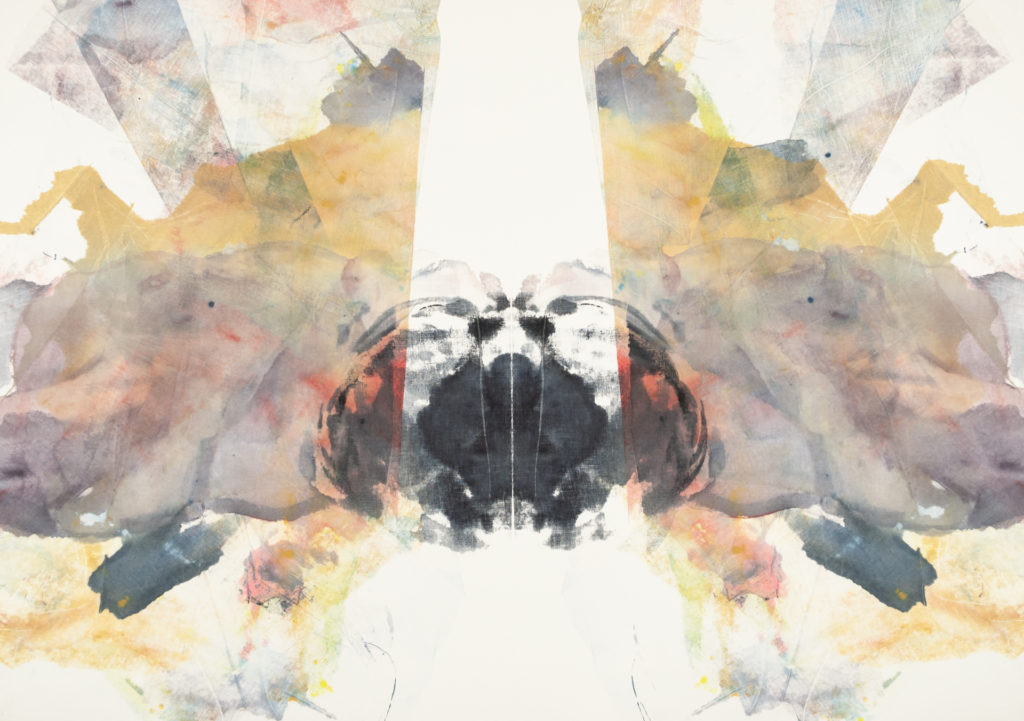 New editions
New editions
Matt Saunders | Monotypes
Posted 29.05.19
Duets (2018–2019) is a suite of monotypes created by transferring both sides of watercolors made on linen simultaneously to paper. The prints carry the weave of the fabric as well as the subtle symmetries and asymmetries of front and back.
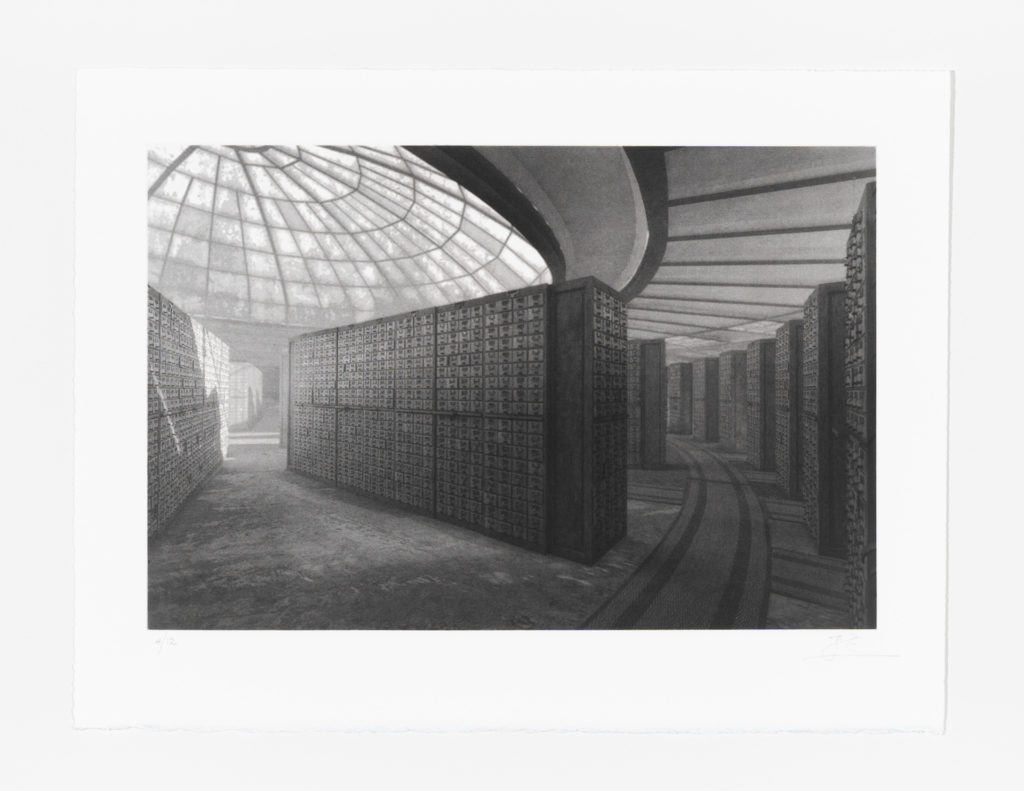 New editions
New editions
Fiona Tan | Shadow Archive
Posted 24.05.19
A strange glow pervades Fiona Tan’s Shadow Archive, illuminating a well-organized collection of endless archival drawers. The starting point for the series of six black-and-white photogravures originates from Tan’s fascination for the Belgian visionary Paul Otlet (1868–1944), and his ambitious idea to catalogue all human knowledge in order to build world peace.
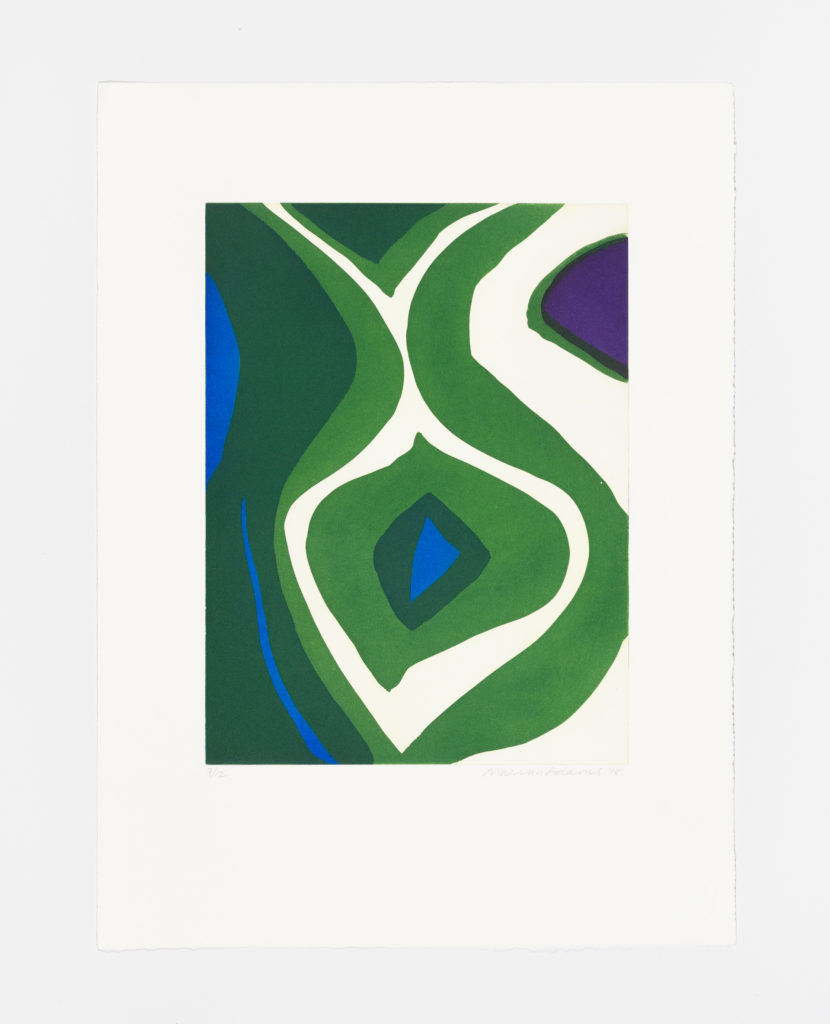 New editions
New editions
Marina Adams | Etchings & Aquatints
Posted 30.04.19
For the aquatints,“I utilized both sugarlift and spitbite aquatints in these prints, creating rich, dense, flat shapes as well as textured surfaces and brushmarks. Then we began to proof them, experimenting with different colored inks, both opaque and transparent. After the initial proof, I began to see the possibilities of working on other plates with the intention of overlaying one on top of the other, playing with combinations of drawing, color and touch.”– Marina Adams
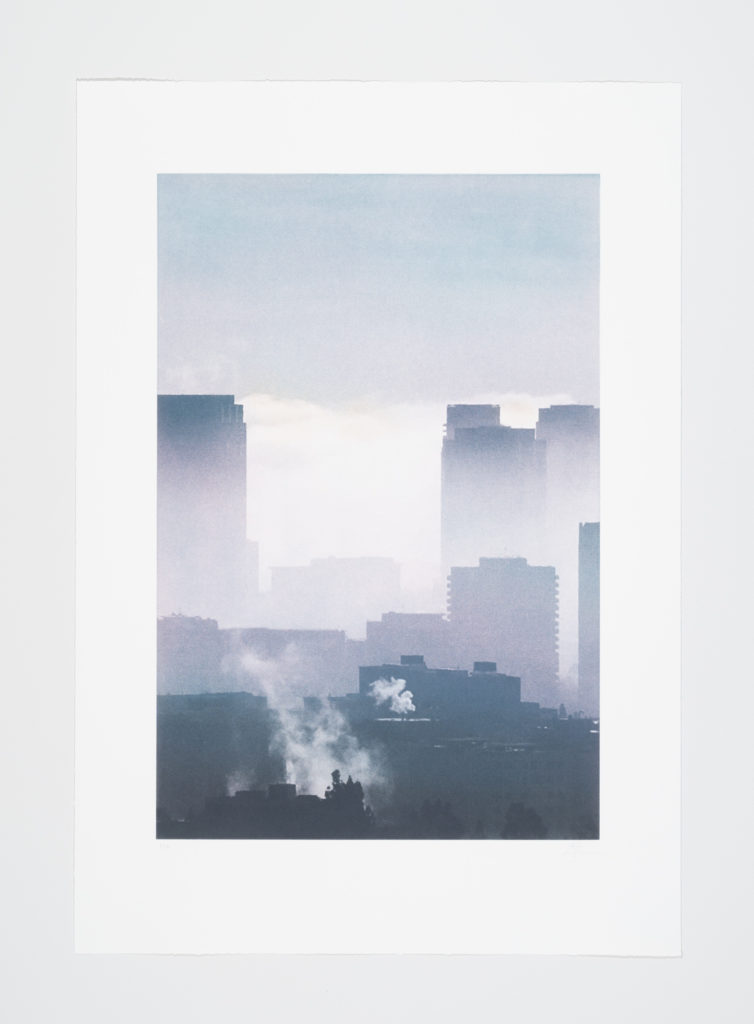 New editions
New editions
Fiona Tan | Studies for Elsewhere
Posted 11.03.19
The four prints Fiona Tan created for her first collaboration with BORCH Editions are paired in two. Each pair comprises of an image of the sky above Los Angeles coupled with a print of encrypted hand drawn letters.
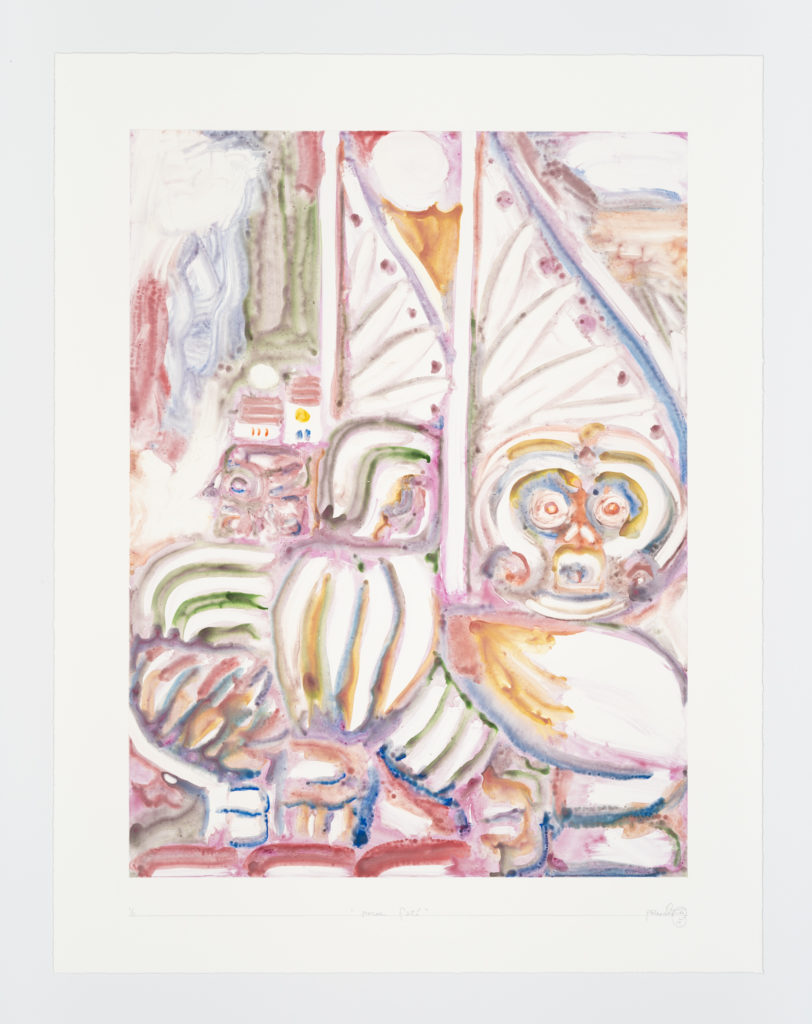 New editions
New editions
Alexander Tovborg | Monotypes
Posted 18.12.18
Alexander Tovborg’s recent woodcuts and monotypes focus on the myths surrounding the French saint Joan of Arc.
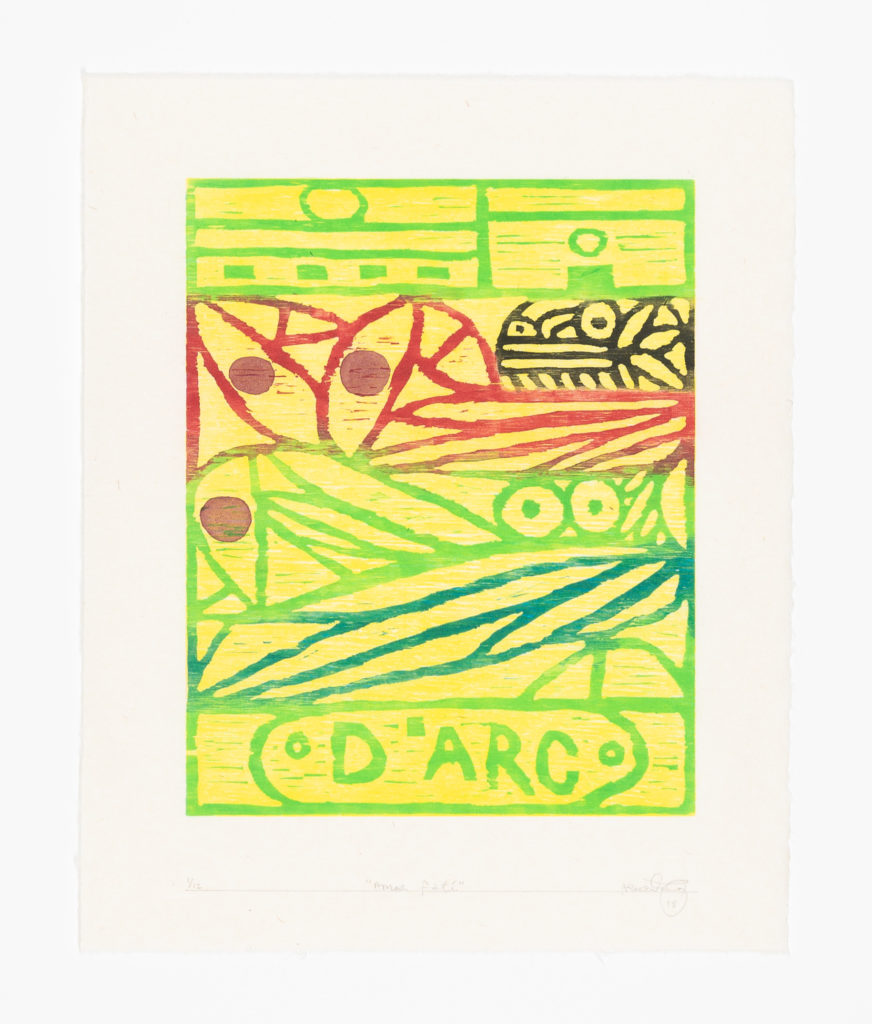 New editions
New editions
Alexander Tovborg | Woodcuts
Posted 12.12.18
Alexander Tovborg’s recent woodcuts and monotypes focus on the myths surrounding the French saint Joan of Arc. A woodcut is a relief print where areas of the wooden plate’s surface are cut away to reveal the motif. The ink is applied only on the remaining parts of the plate’s surface. Tovborg’s woodcuts are printed from several plates building the image from different layers of color.
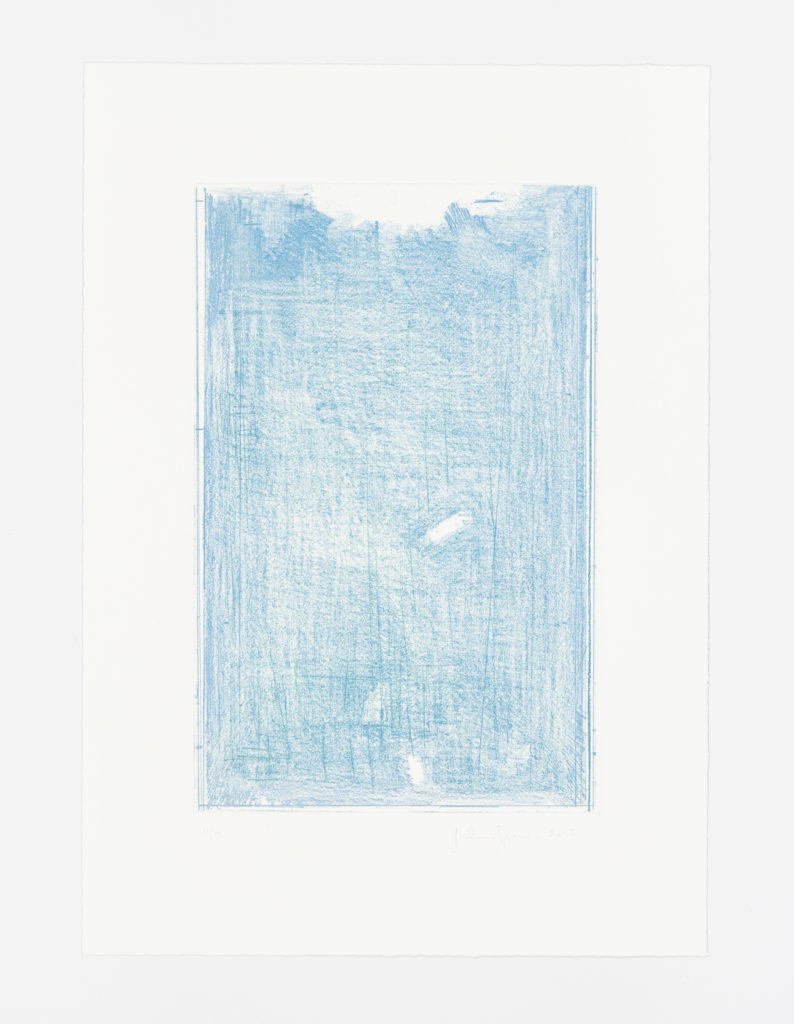 New editions
New editions
John Zurier | Etchings
Posted 10.06.18
John Zurier’s etchings bear witness to his investigative approach to the medium of printmaking. Working on the copper plates he consciously avoided printing techniques which require the use of a brush – his most crucial tool in his artistic practice as a painter.
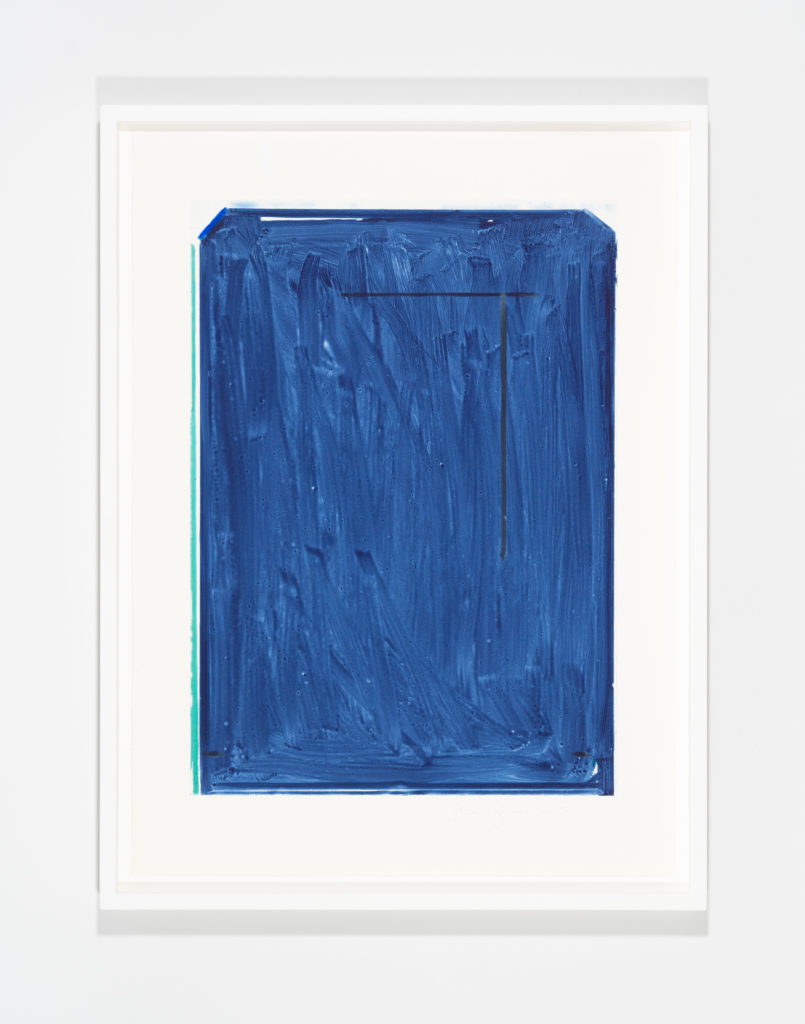 New editions
New editions
John Zurier | Monotypes
Posted 01.06.18
In John Zurier’s works, seemingly monochromatic surfaces evolve into visual poetry. His language is minimal and at the same time very distinct: linear elements build up space through an interaction of presence and absence.
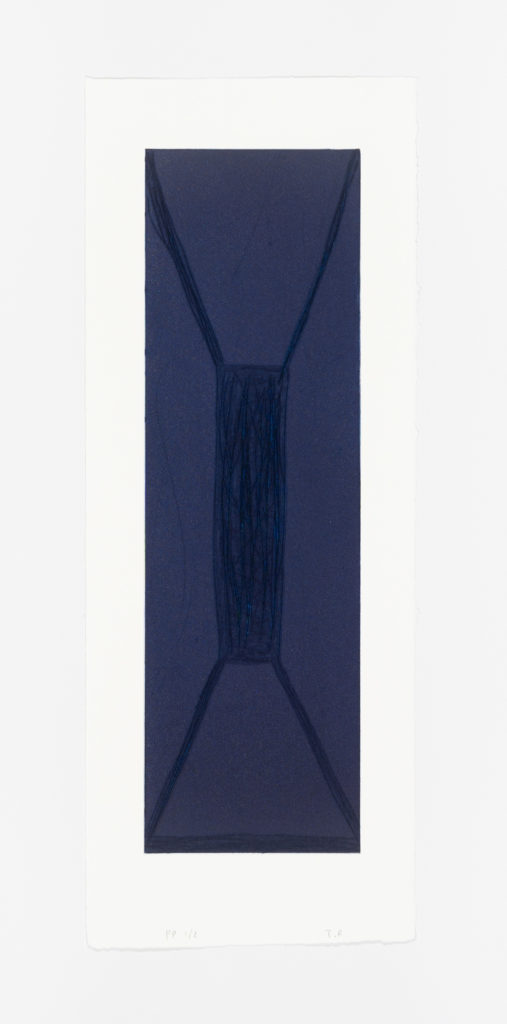 New editions
New editions
Tal R | : Blå Dør
Posted 03.05.18
For : Blå Dør, Tal R worked with indigo, a particularly deep and rich variety of the colour blue.
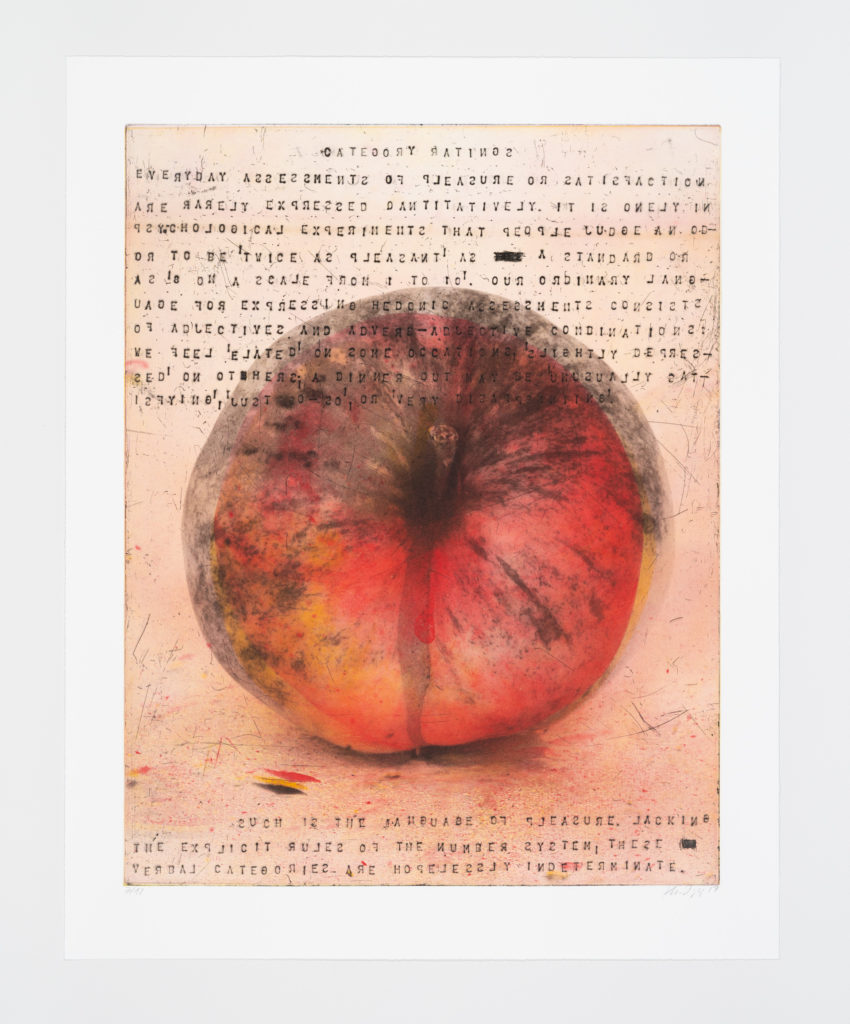 New editions
New editions
Thomas Zipp | abstract pleasures
Posted 05.12.17
Thomas Zipp uses photographic material from two of his performances. Some of the works show so-called Rescue Anne dolls, originally invented for reanimation training, and frequently incorporated into Zipp’s performances.
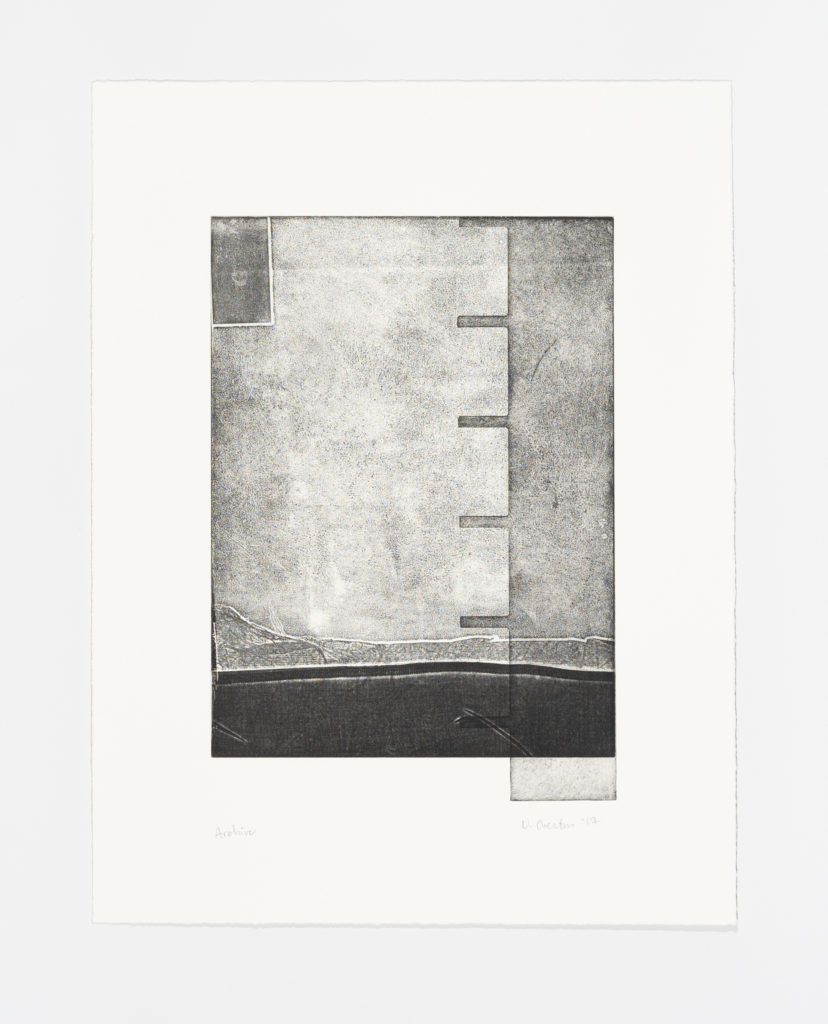 New editions
New editions
Virginia Overton | Etching and Photogravure
Posted 06.10.17
The nine prints Virginia Overton created for her first collaboration with BORCH Editions are, much like her sculptural work, a direct response to her physical presence in a specific space – in this case, the city of Copenhagen and Niels Borch Jensen’s print studio.
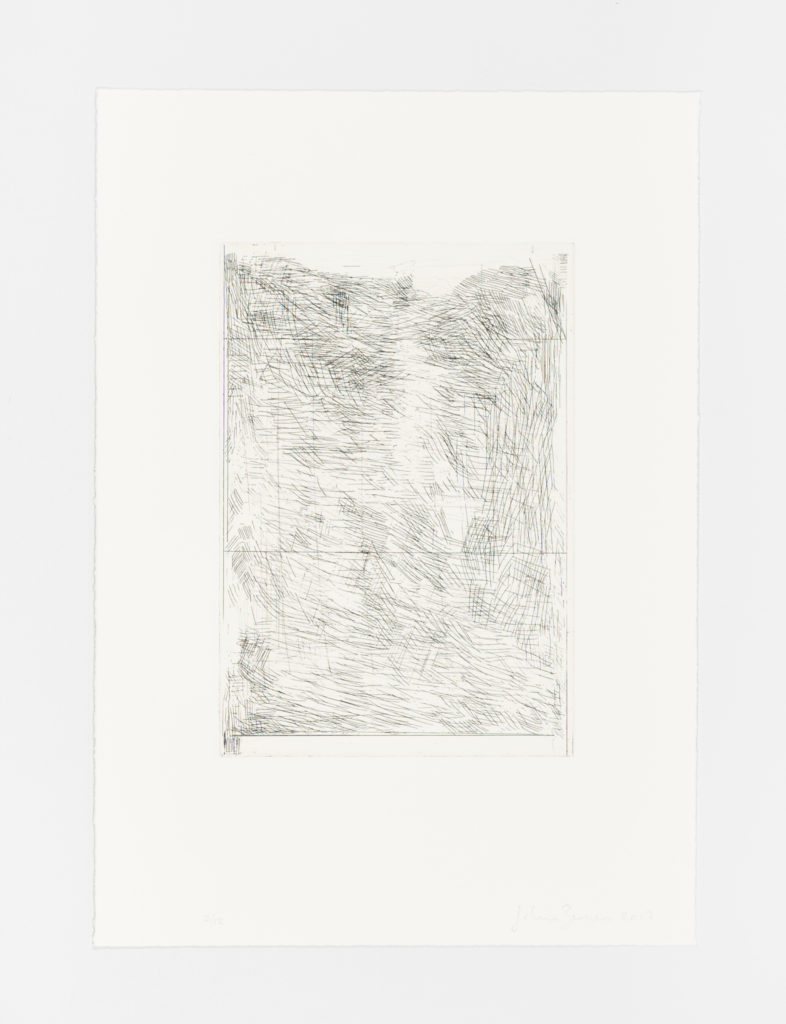 New editions
New editions
John Zurier | October Notes
Posted 18.09.17
“What I like about etching is that it is a mental and physical construction involving both a direct and an indirect process. And there is nothing like an etched line. It carries an authority, presence and weight all its own. Even haphazard incidental lines, random scratches, and the most delicate wavering marks remain with clarity.”
– John Zurier
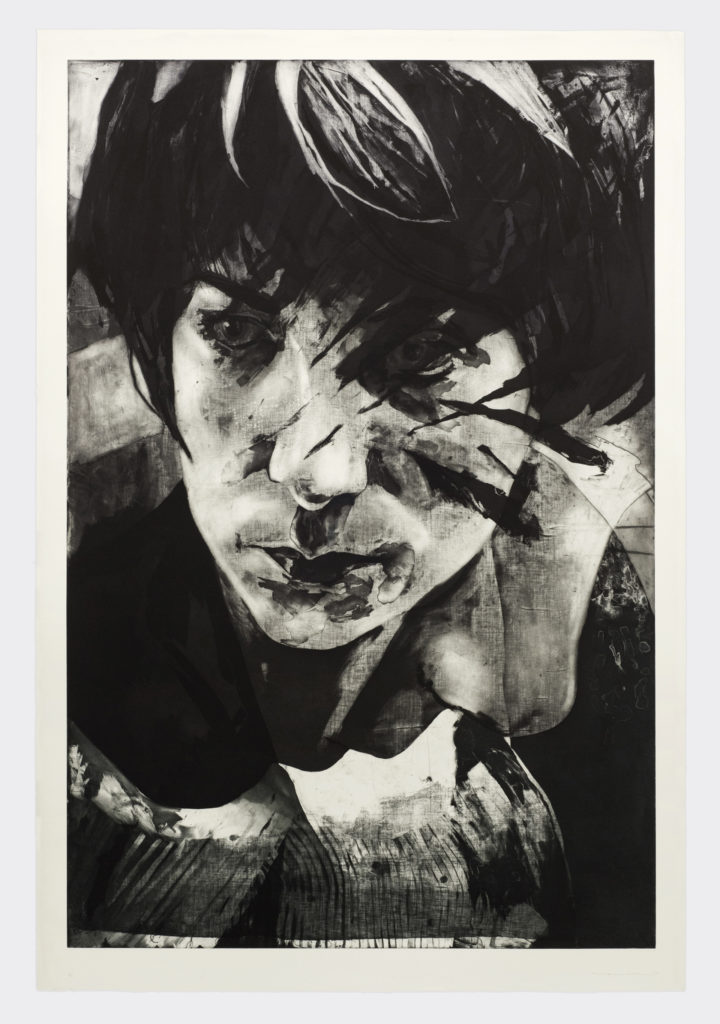 New editions
New editions
Matt Saunders | Ratlos / Indomitable
Posted 23.06.17
In the five large-scale prints of his new series Ratlos / Indomitable, Matt Saunders works with portraits of the fictional movie character Leni Peickert, who appears in two films by German director Alexander Kluge.
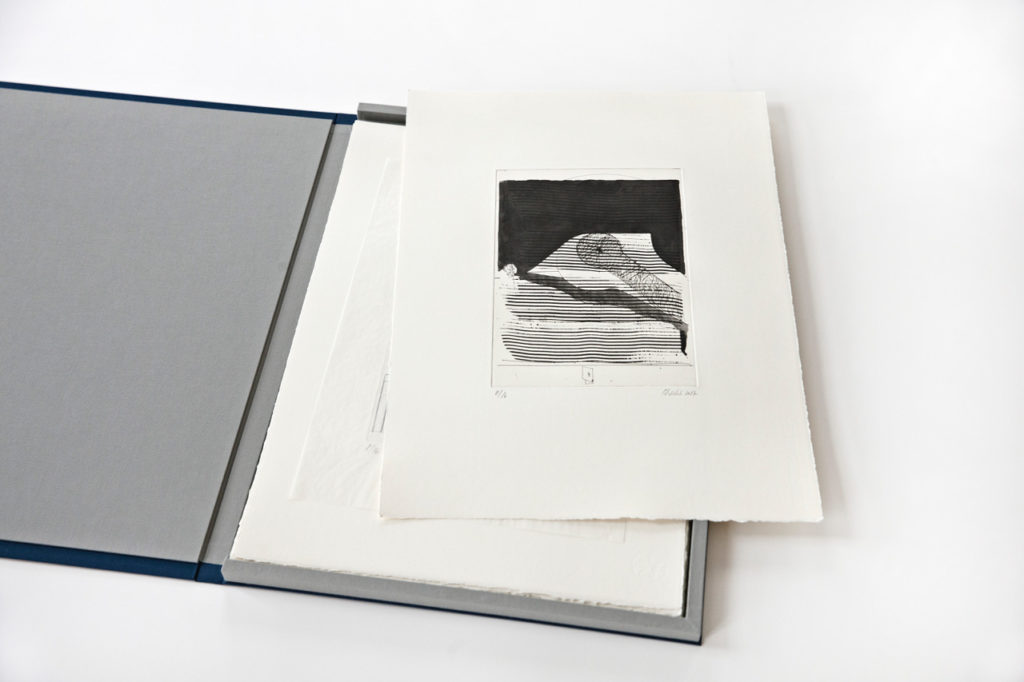 New editions
New editions
Thomas Scheibitz | T.O.A.H.
Posted 23.06.17
Thomas Scheibitz’ interest in the print medium encompasses both the complex, time-consuming production process, and the artistic possibilities arising from it.
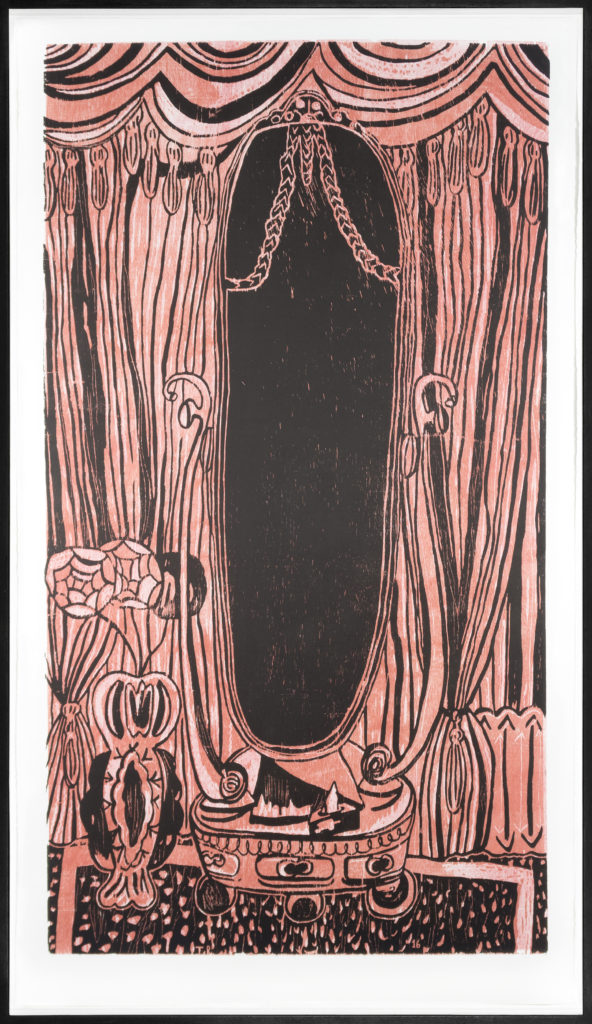 New editions
New editions
Tal R | Spiegel
Posted 23.06.17
The large-scale coloured woodcut Spiegel is one of the Tal R’s most ambitious graphic works to date.
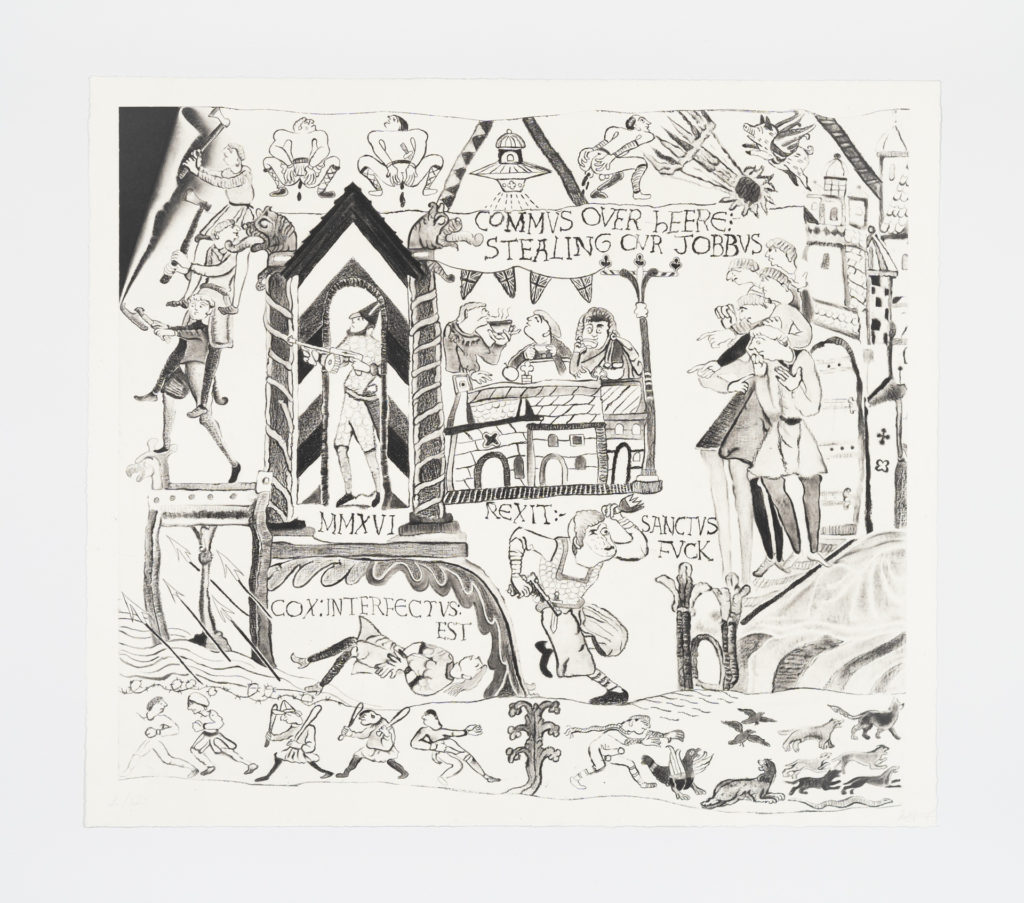 New editions
New editions
Robert McNally | Photogravure
Posted 23.06.17
With his elaborate drawing skills, Robert McNally creates dense, multi-layered visual universes.
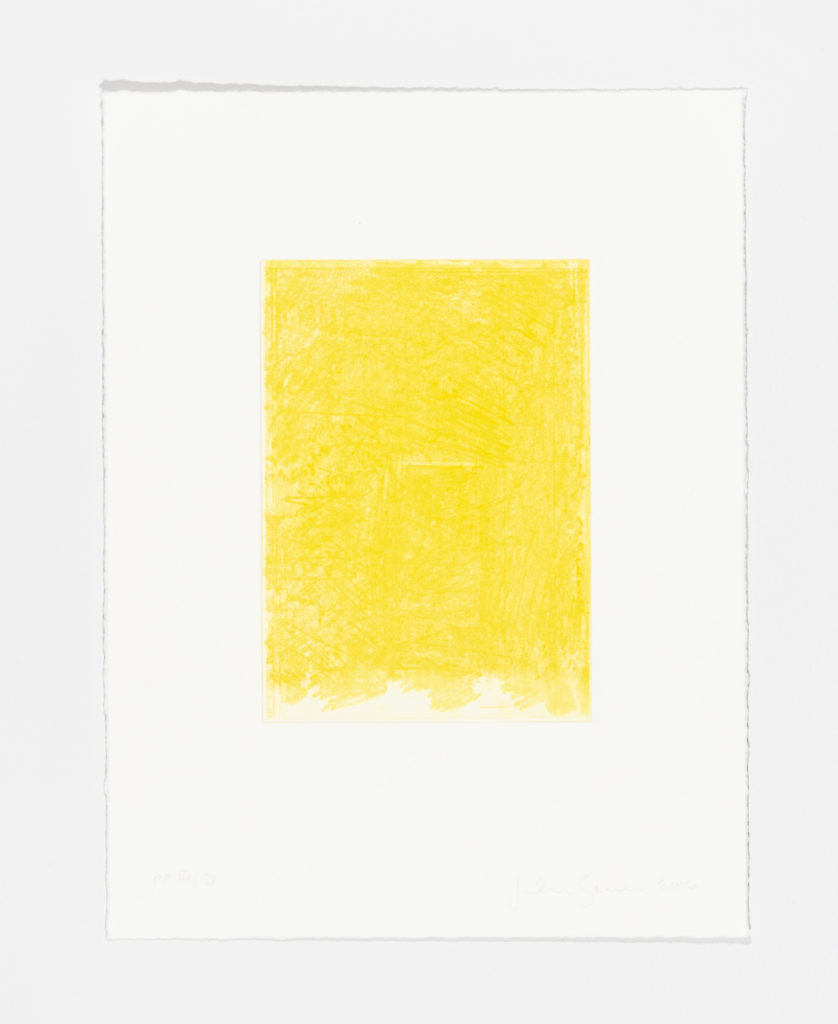 New editions
New editions
John Zurier | Summer Book
Posted 07.12.16
The idea of making a book of summer notes came to me. I thought of it as a book of random visual vignettes, formless with no apparent order, where the pleasure comes from finding the subtle connections and contrasts.
– John Zurier
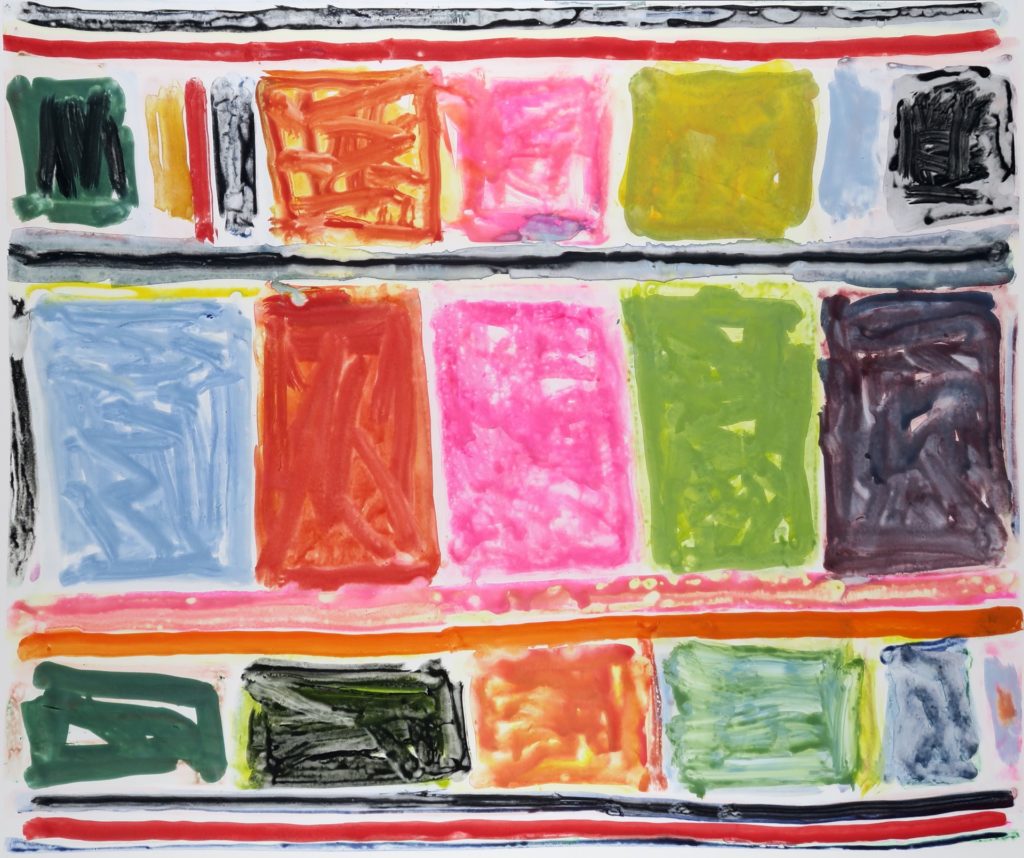 New editions
New editions
Stanley Whitney | Monotypes
Posted 07.12.16
For Stanely Whitney’s first collaboration with BORCH Editions, he created nine large-scale monotypes.
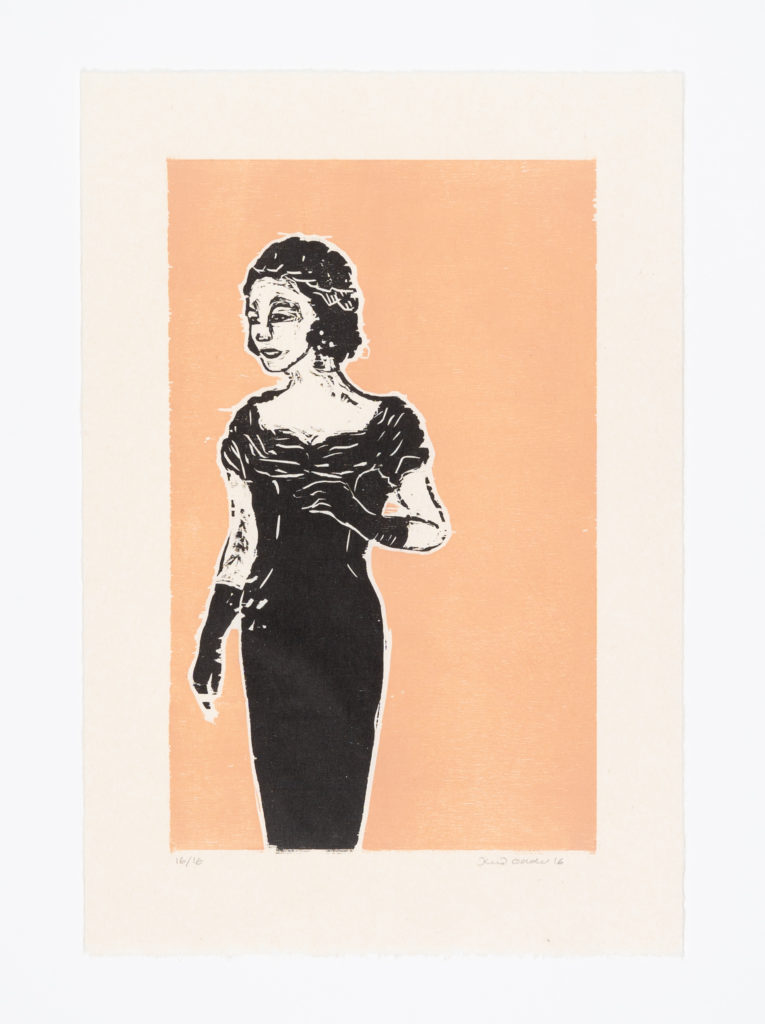 New editions
New editions
Knud Odde
Posted 07.12.16
Knud Odde has experimented with a variety of printing techniques, among them woodcut, aquatint and chine-collé.
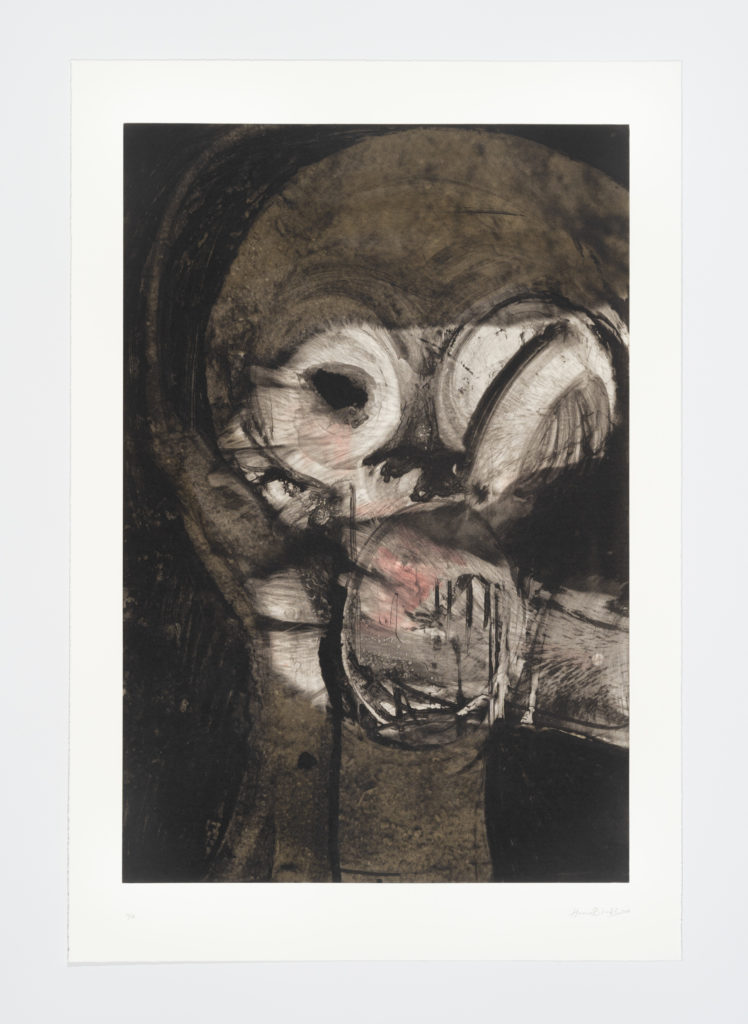 New editions
New editions
Huma Bhabha | Leochicospeedy
Posted 07.12.16
For Leochicospeedy, Huma Bhabha has created a series of expressionistic portraits of deities or a race of gods executed in photogravure and etching.
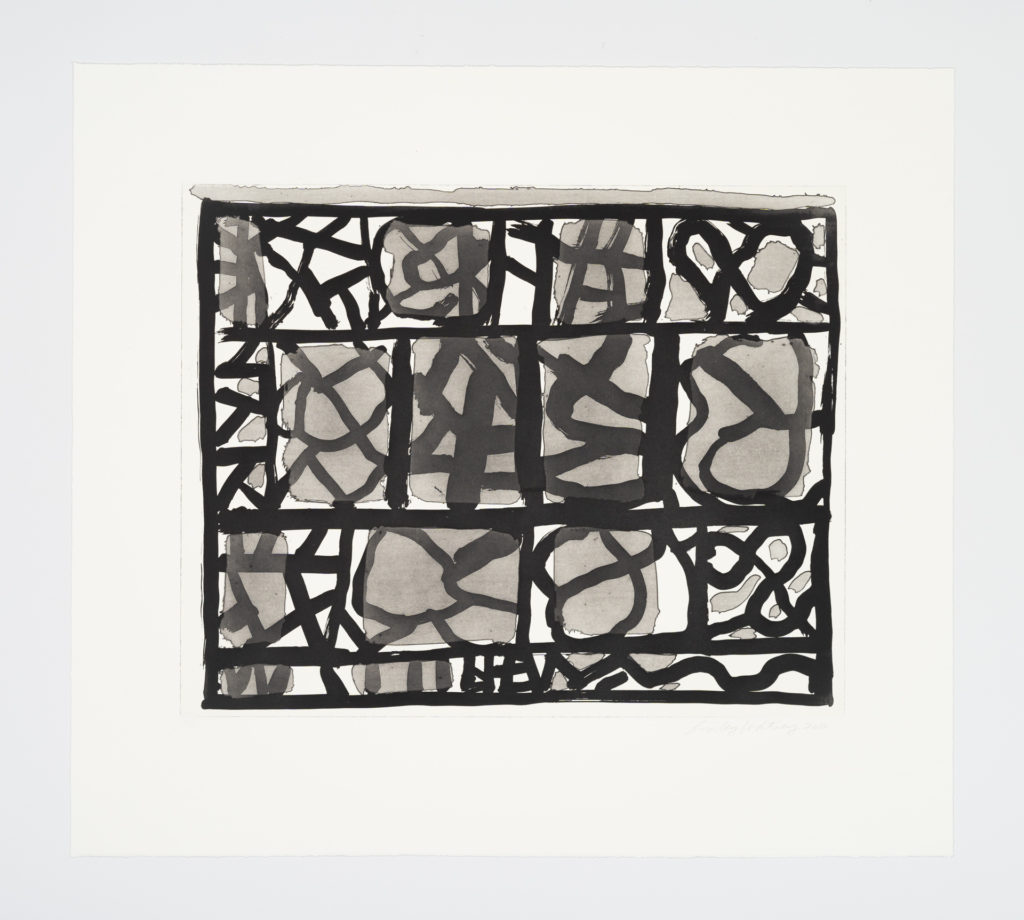 New editions
New editions
Stanley Whitney | Etchings
Posted 18.10.16
Stanley Whitney’s work is a vibrant statement for the significance of abstraction in contemporary art. In his series of eight black-and-white etchings, he abandons his signature grid in favour of a more investigative style, skilfully exploring the potential of different etching techniques.
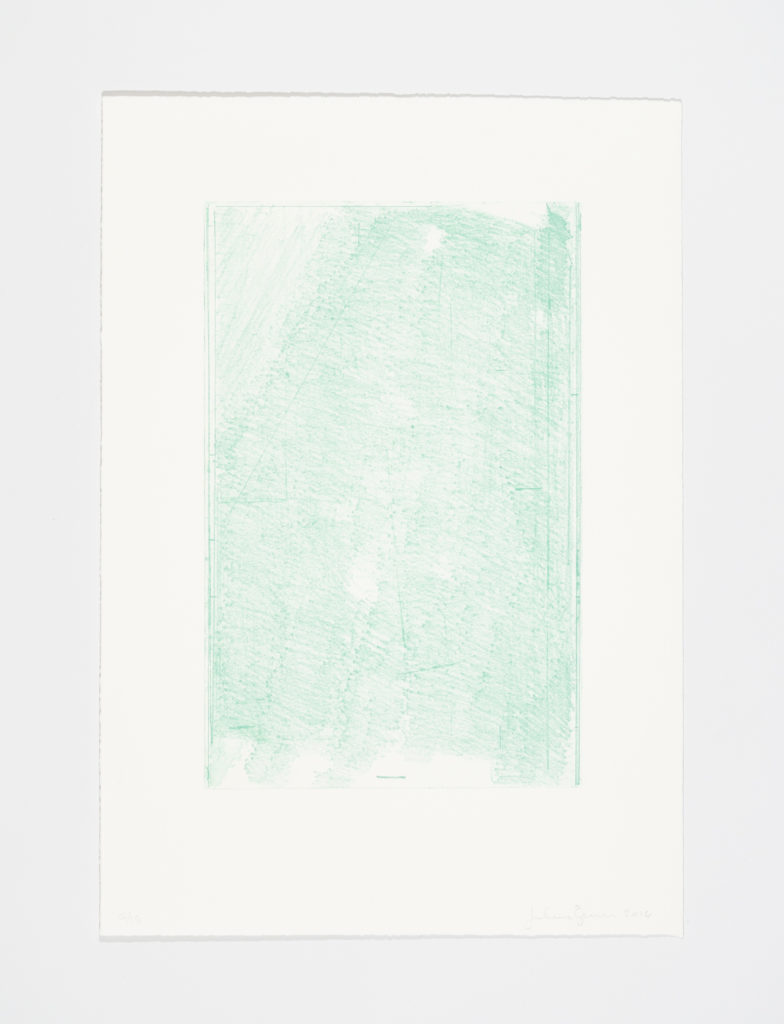 New editions
New editions
John Zurier | Etchings
Posted 18.06.16
Zurier effortlessly translates his artistic practice as a painter from canvas to copper plate to make the very process of printmaking visible: The marks in the plate, executed by brush or needle, become evident; the force with which the paper is pressed into the indentations is almost palpable. The three-dimensionality of ink sitting on paper, the rich texture of the surfaces, the physical material at hand become the topic of a meditation on color and surface.
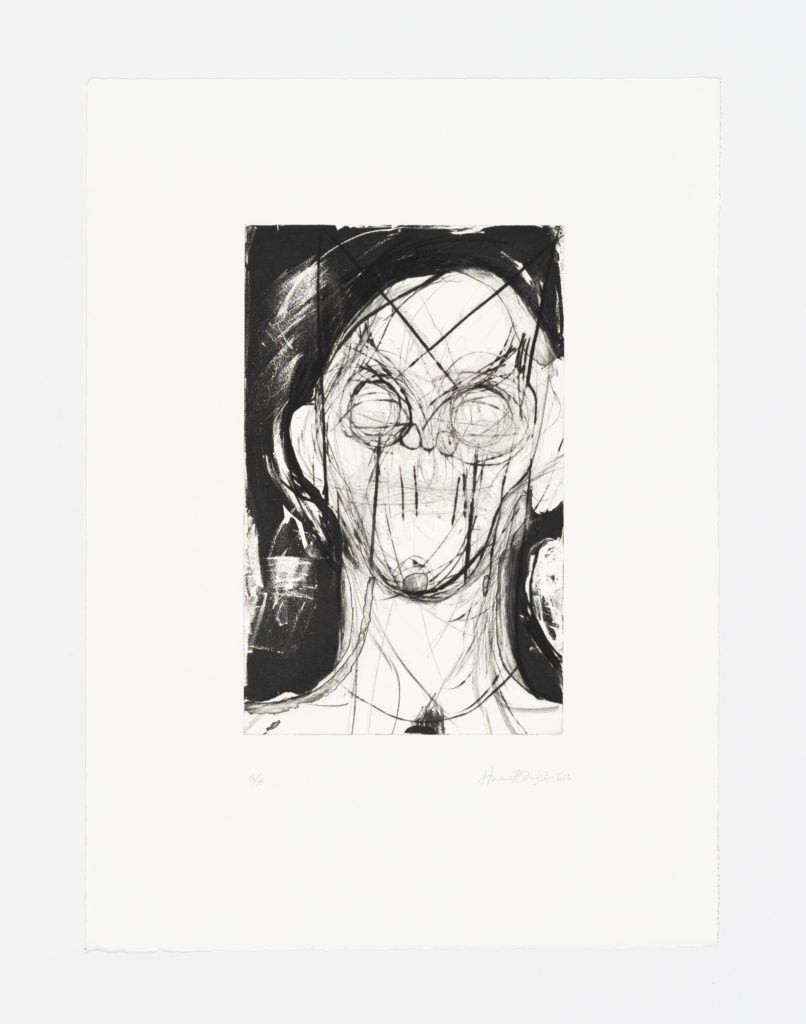 New editions
New editions
Huma Bhabha | The Unsubs
Posted 18.06.16
The title of Huma Bhabha’s series of etchings The Unsubs is inspired by the TV-show Criminal Minds. Here, the artist depicts unknown subjects or entities from an imaginary world, consciously avoiding characterization.
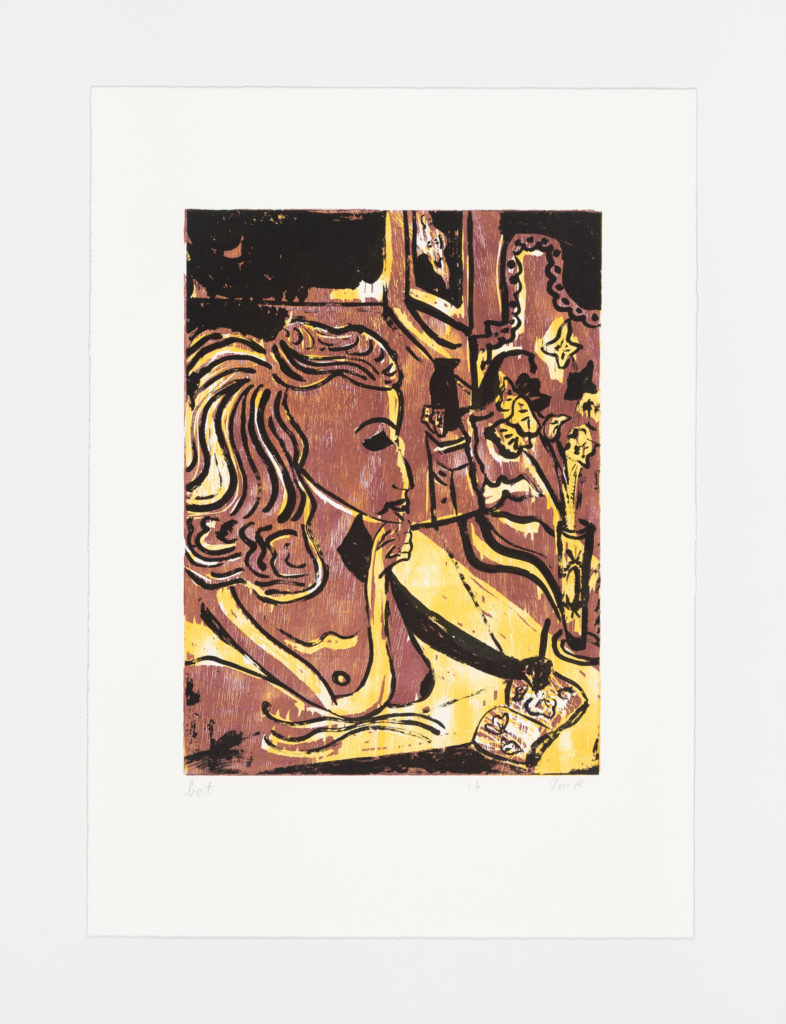 New editions
New editions
Tal R | Girl drawing Lily
Posted 01.06.16
Girl drawing Lily is based on sketches and paintings made over a period of three years. Tal R portrayed women in confined interior spaces.
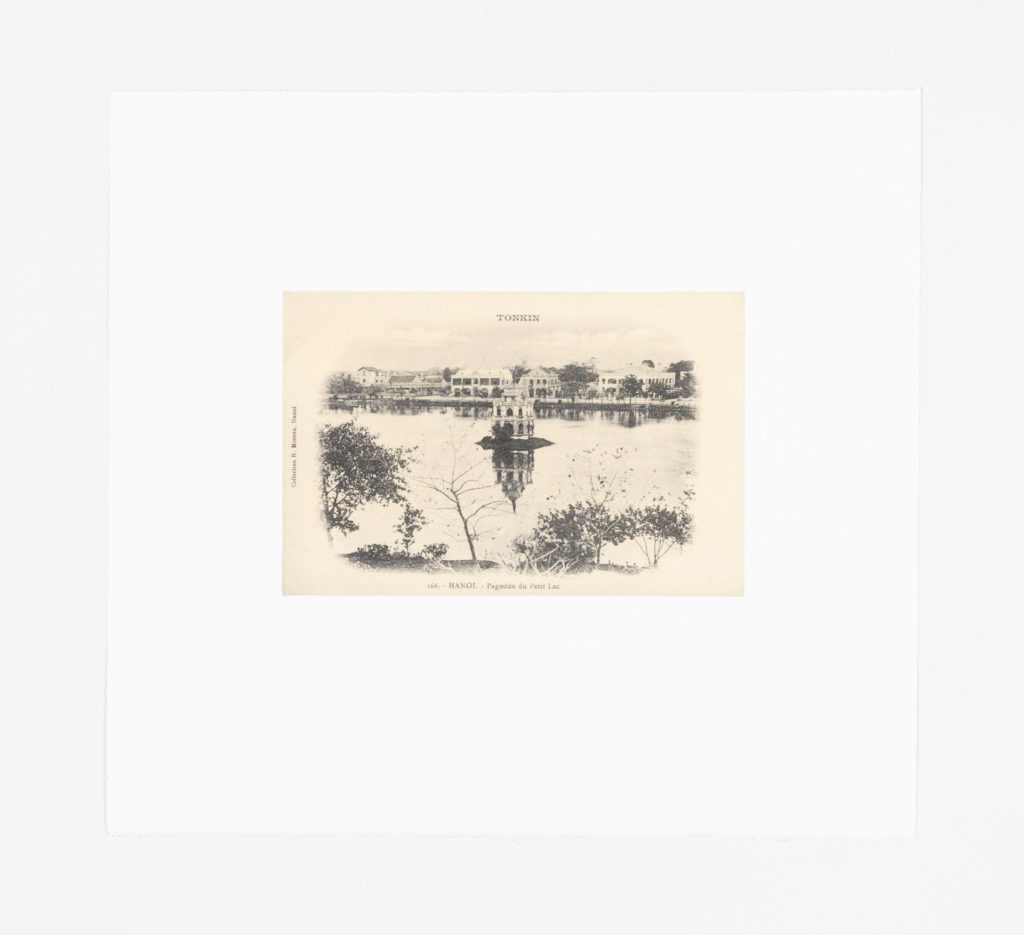 New editions
New editions
Danh Vō | 01.08.1945
Posted 27.05.16
Danh Vō uses a postcard depicting a small-scale replica of the Statue of Liberty atop a Buddhist temple in Hanoi for his new photogravure.
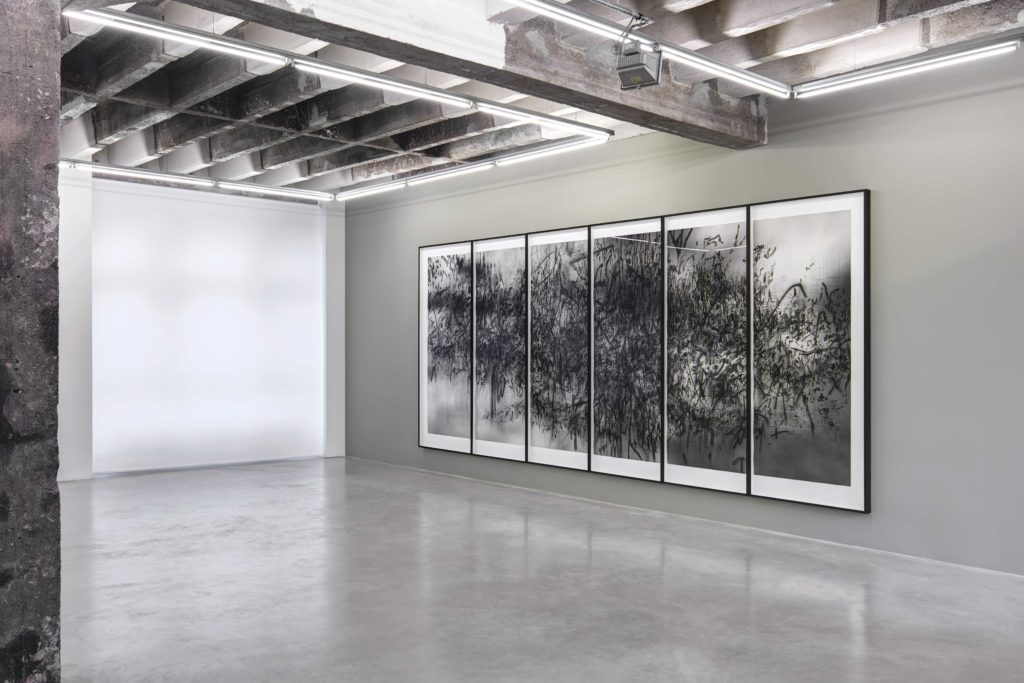 New editions
New editions
Julie Mehretu | Epigraph, Damascus
Posted 27.05.16
In Epigraph, Damascus, Julie Mehretu has developed a practice and vocabulary that has allowed her to build deep, dark density, combined with an effortless flow, in a composition that goes far beyond traditional printmaking.
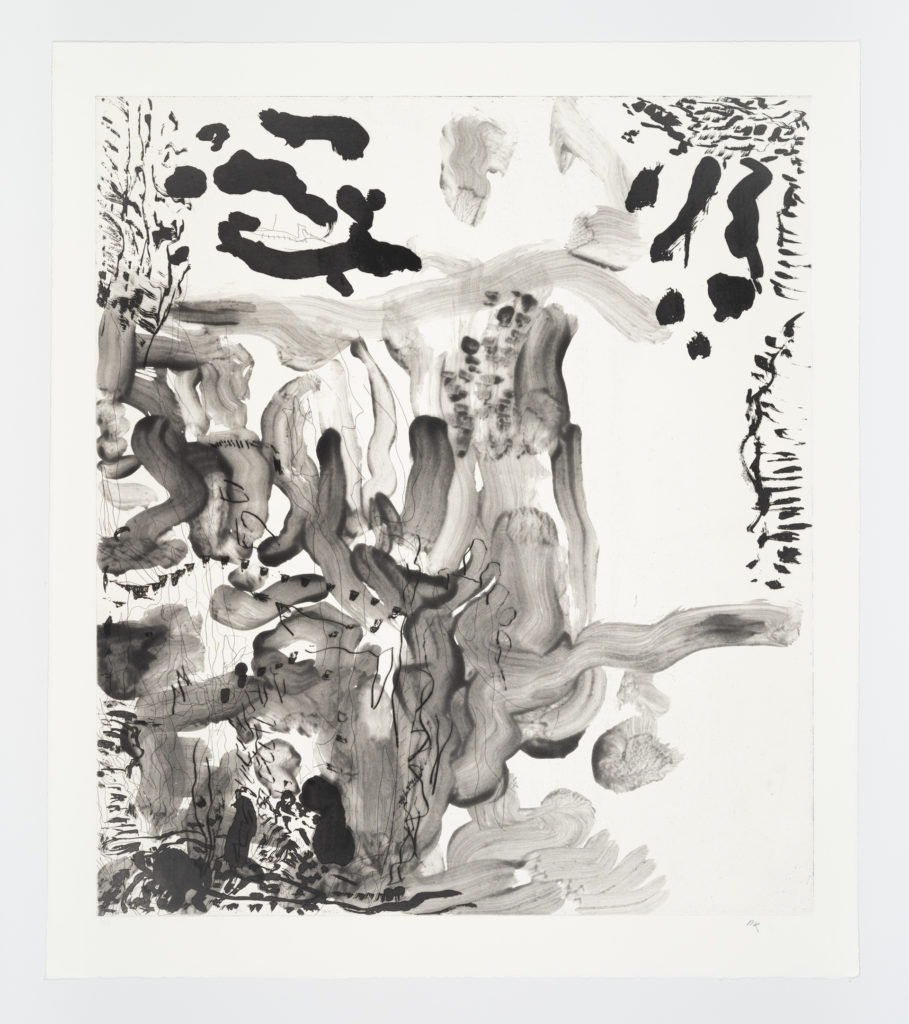 New editions
New editions
Per Kirkeby | Etchings
Posted 27.05.16
Although Per Kirkeby announced the end of his career as a painter in 2015, his collaboration with our Copenhagen print shop continues.
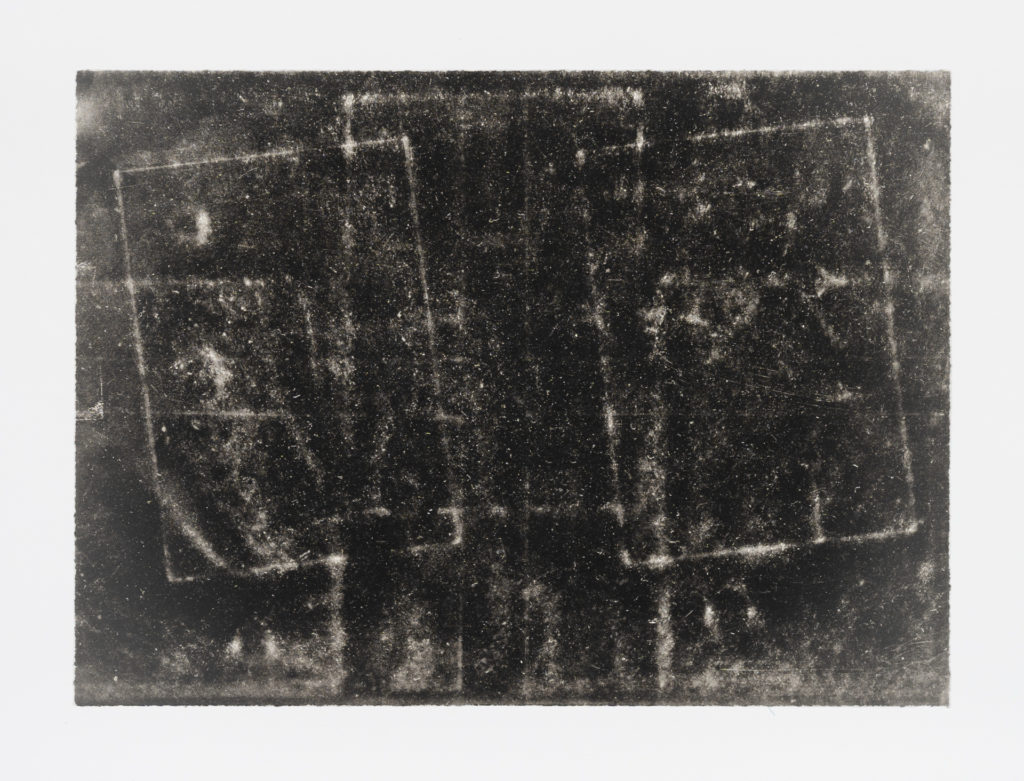 New editions
New editions
Iñaki Bonillas | Escritura Nocturna
Posted 27.05.16
Iñaki Bonillas’ latest print project is based on photographs, collected by the artist’s grandfather, kept in black letter size pieces of paper and then covered with embracing plastic sleeves.










































































